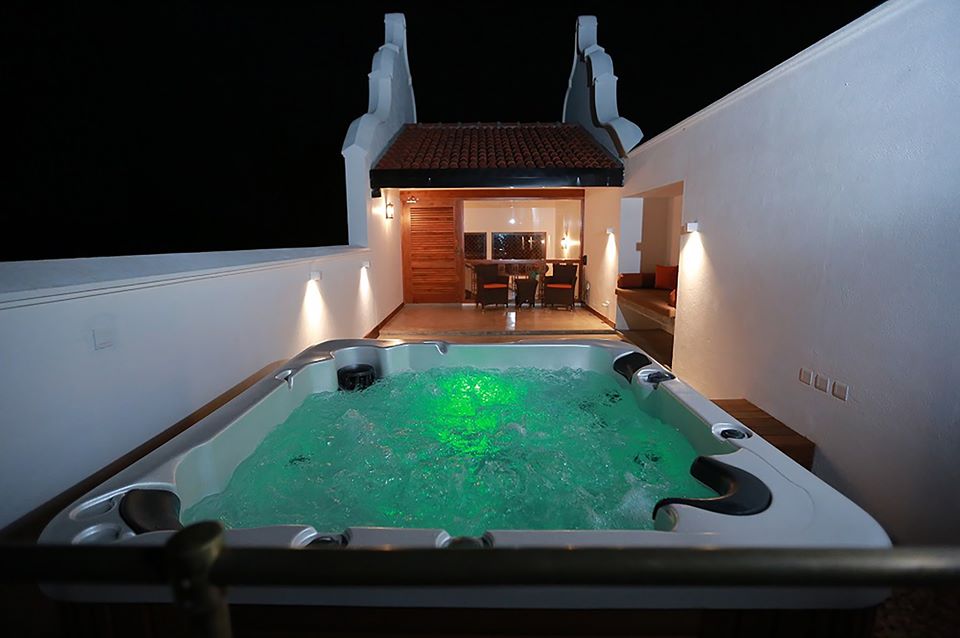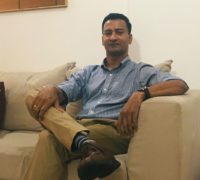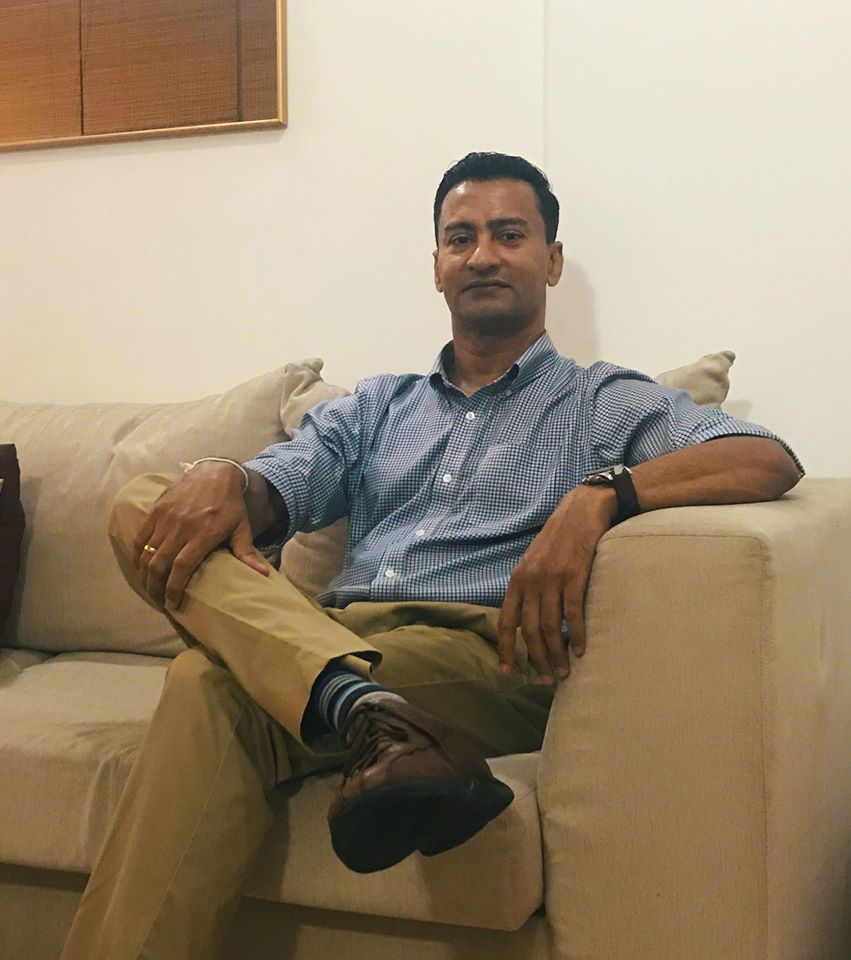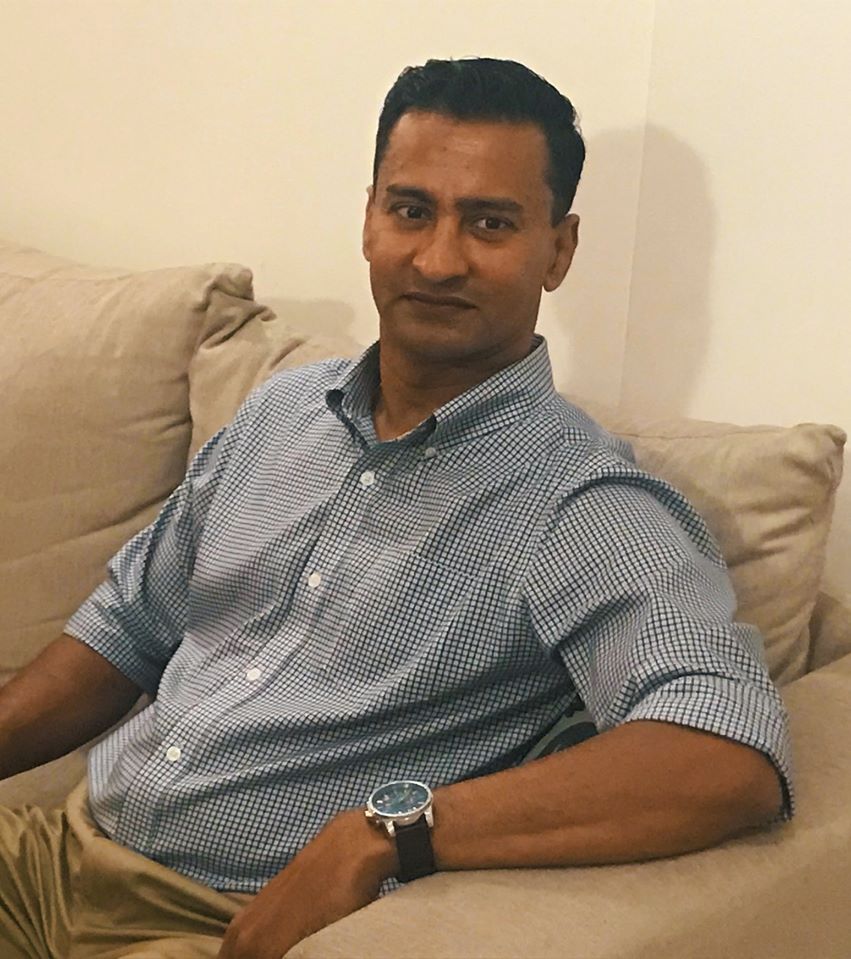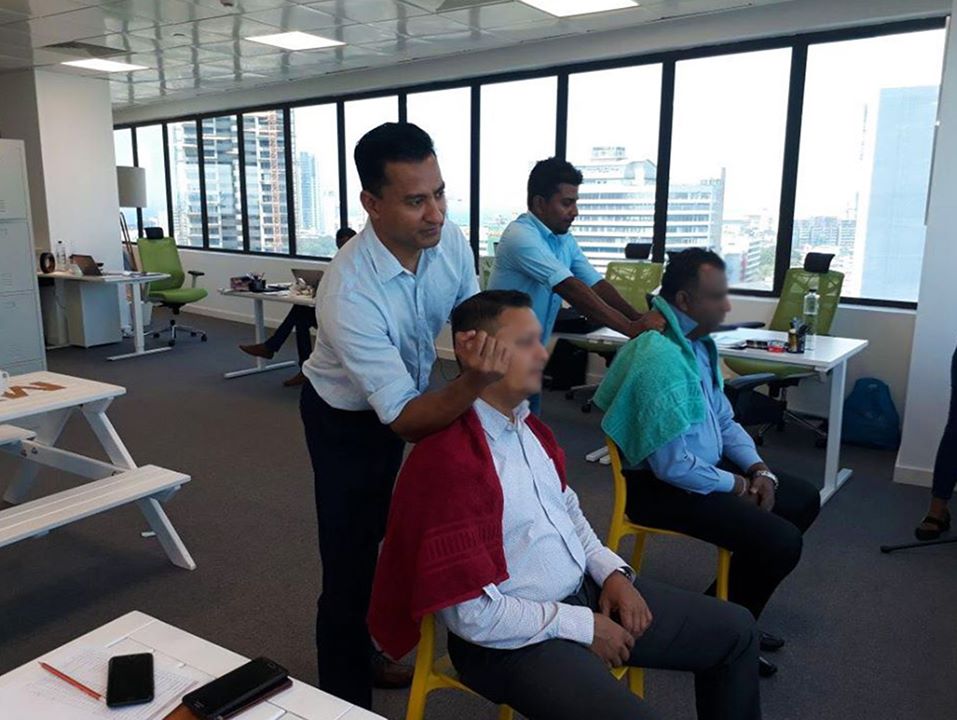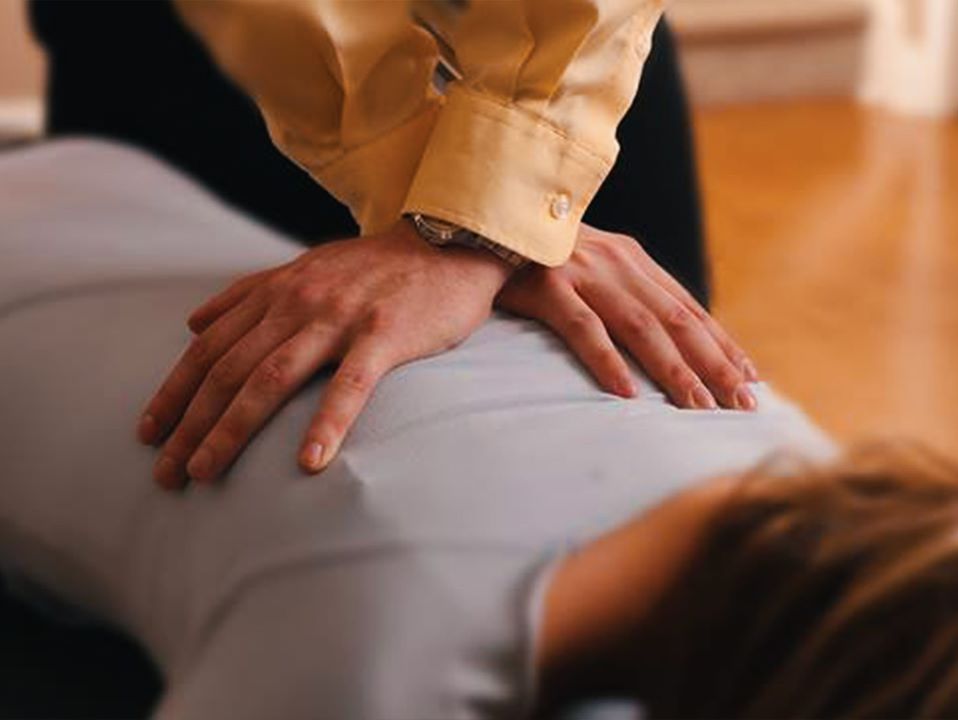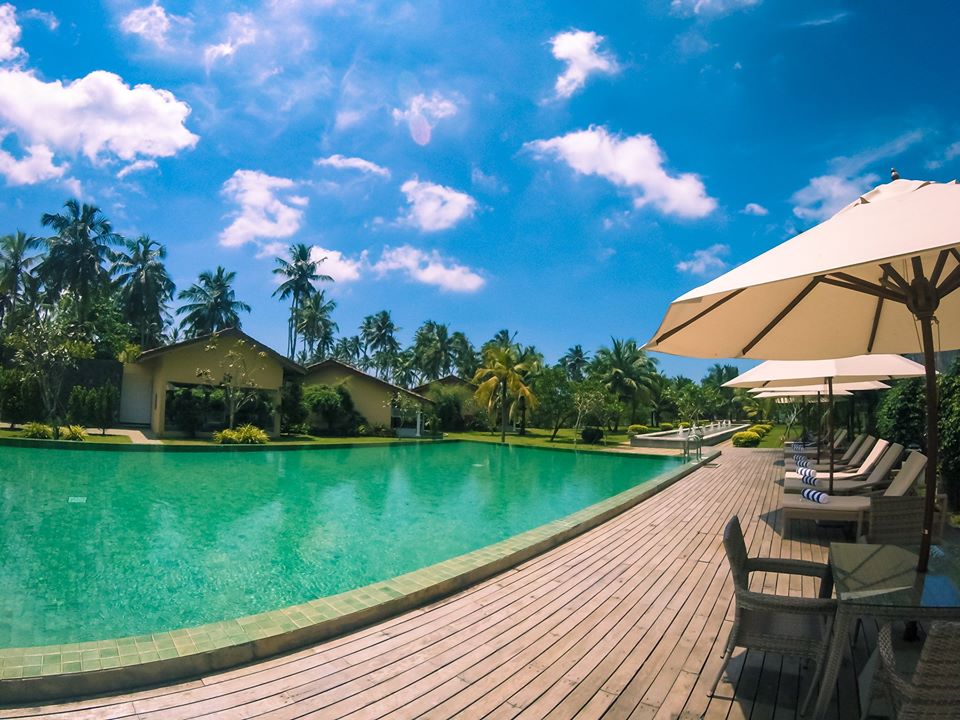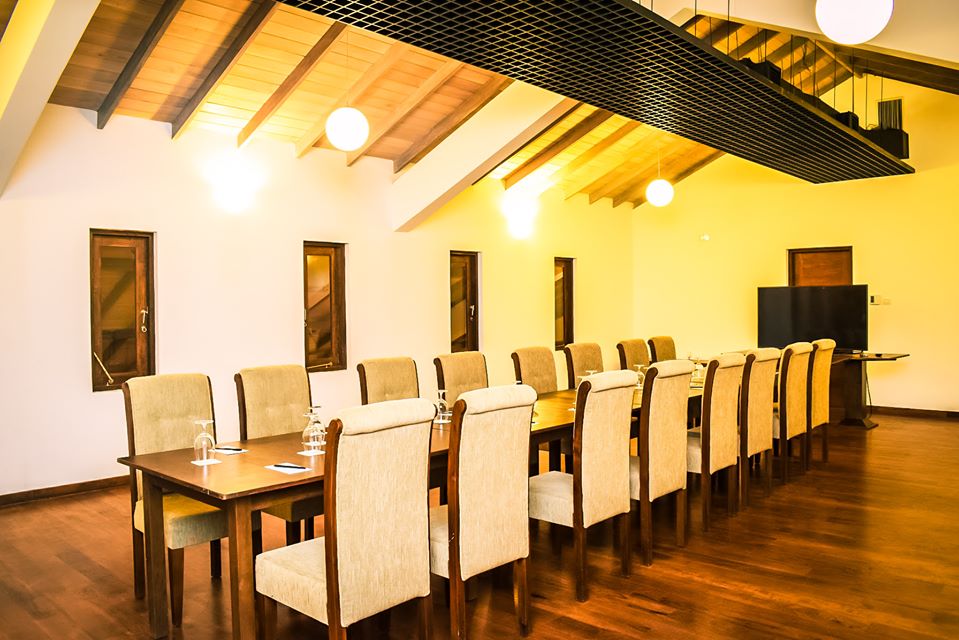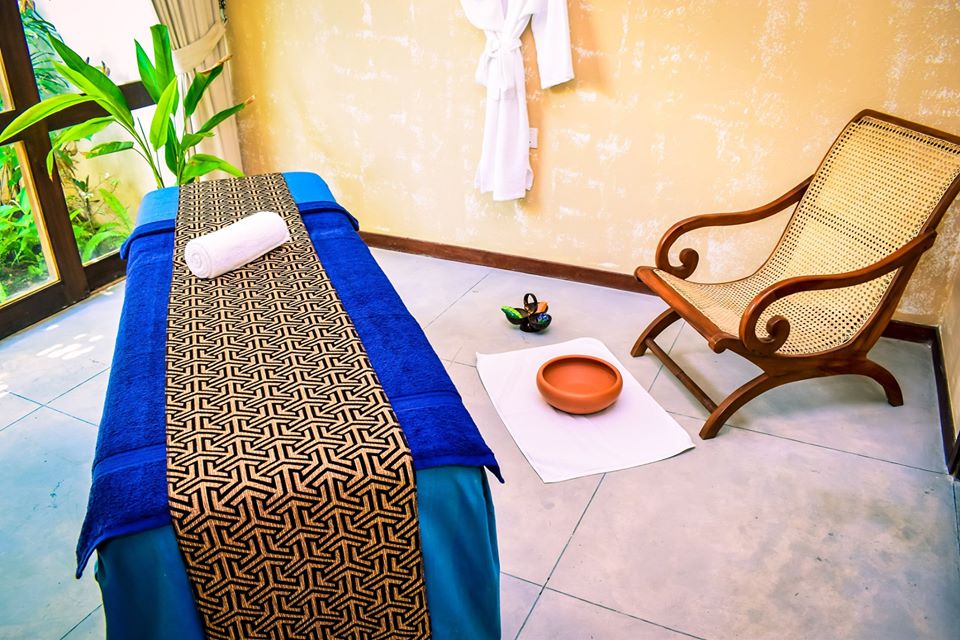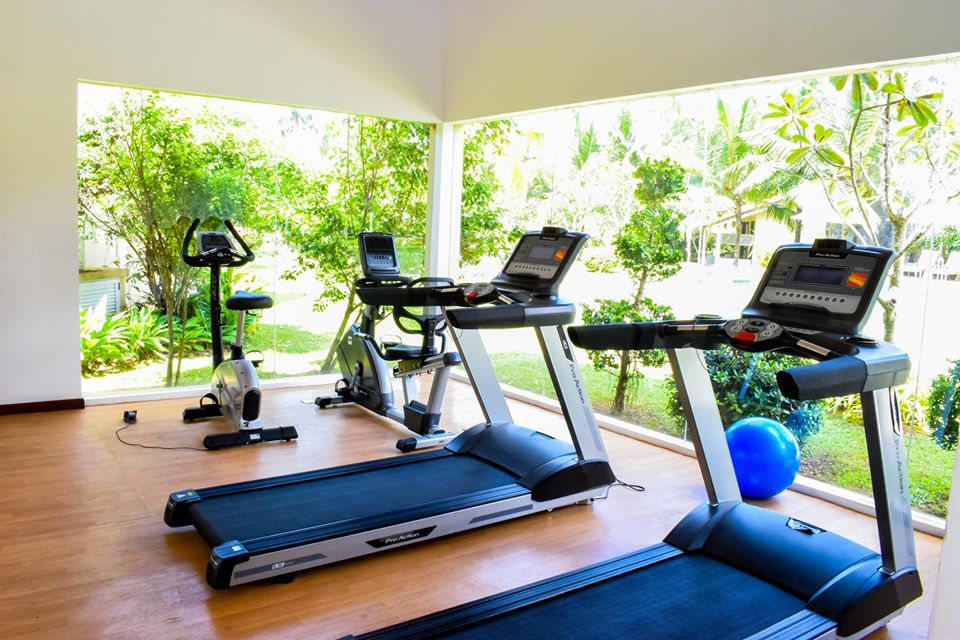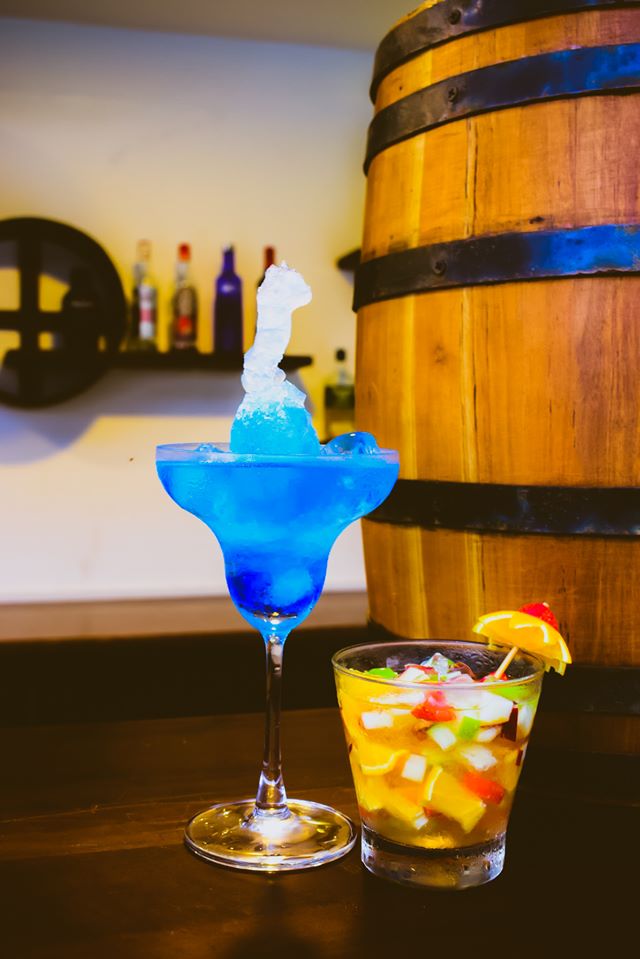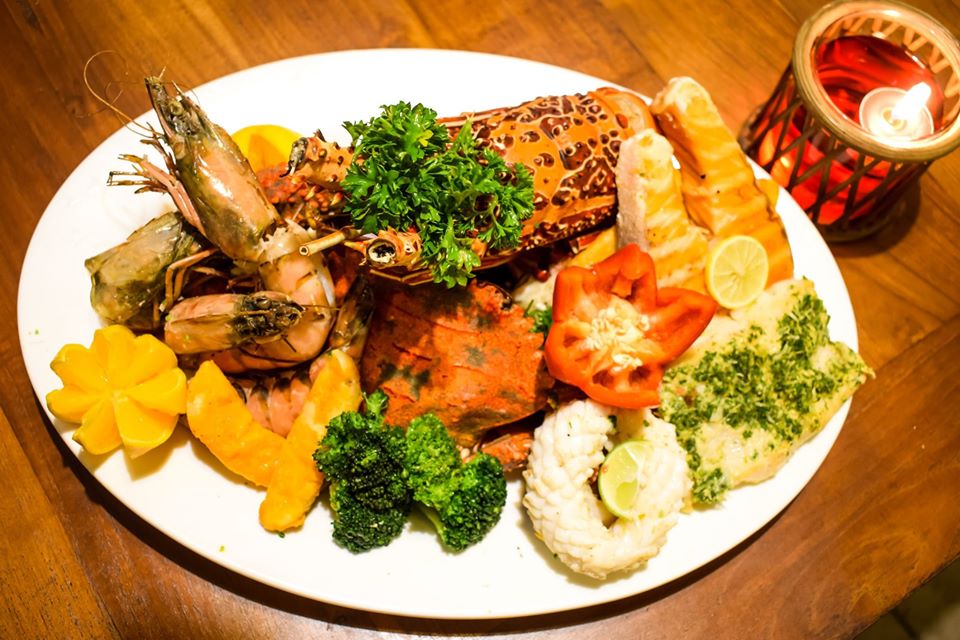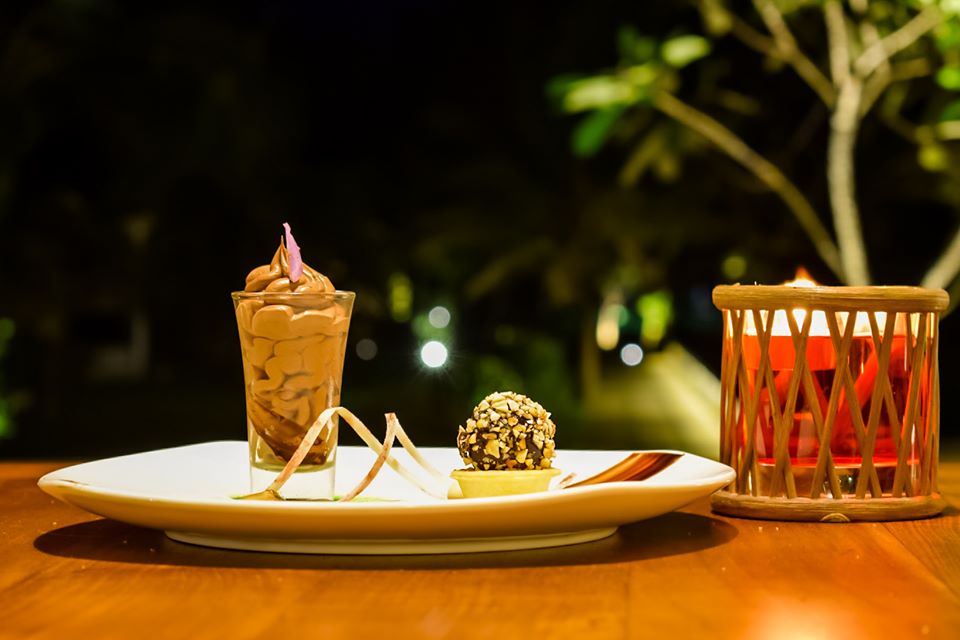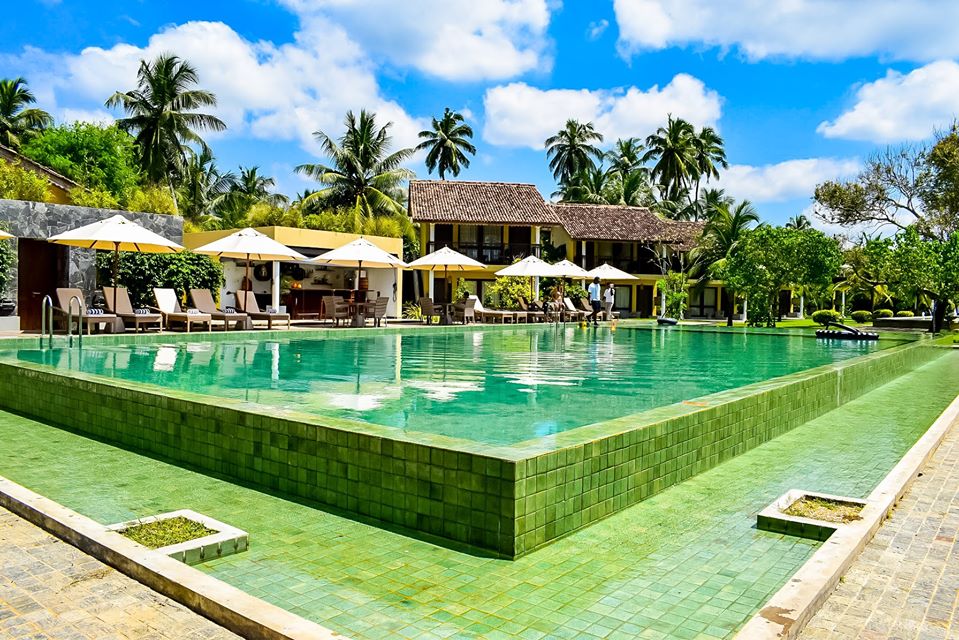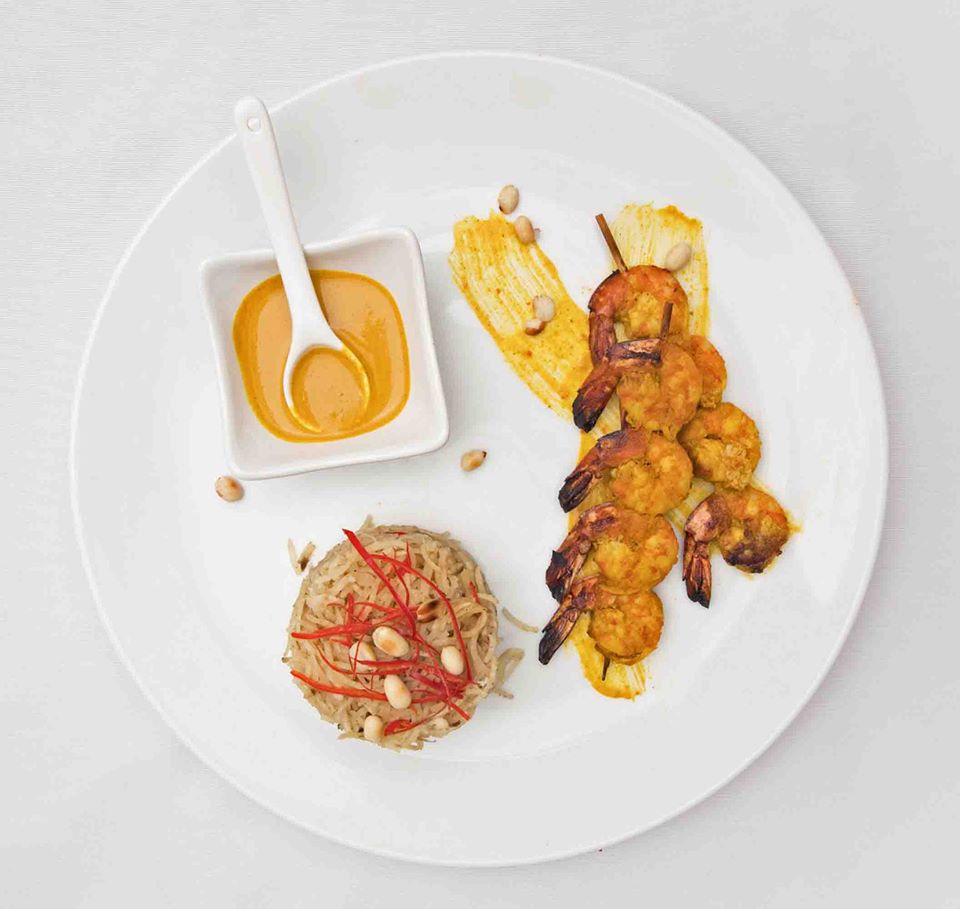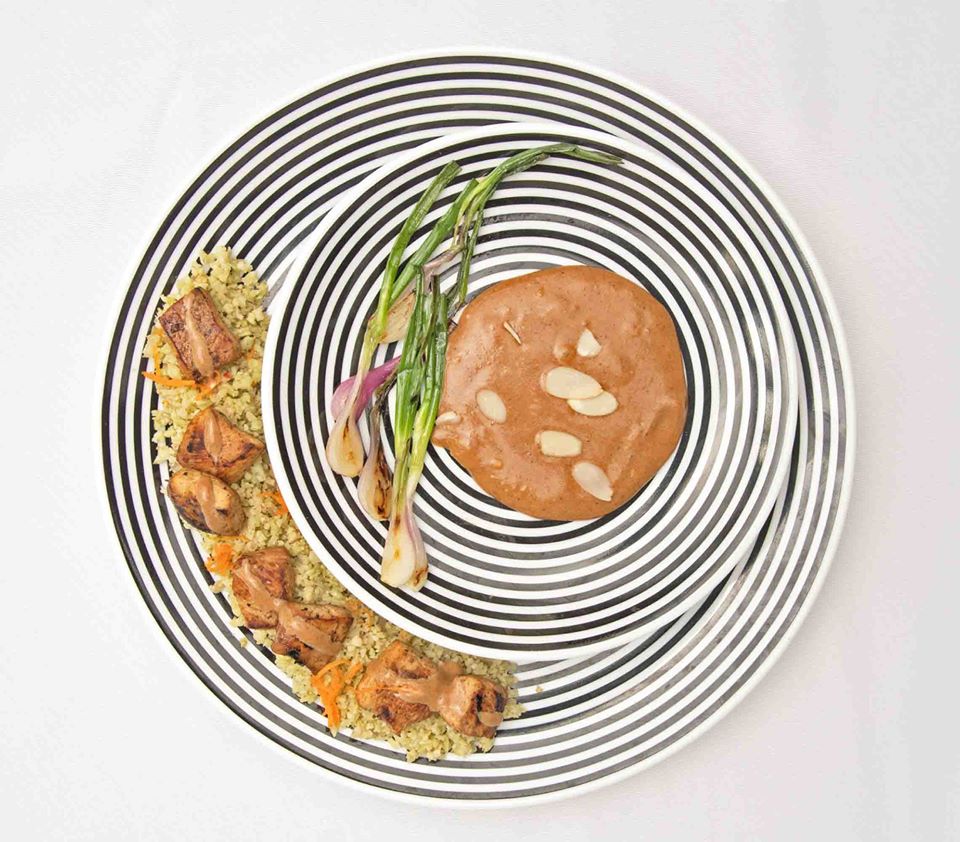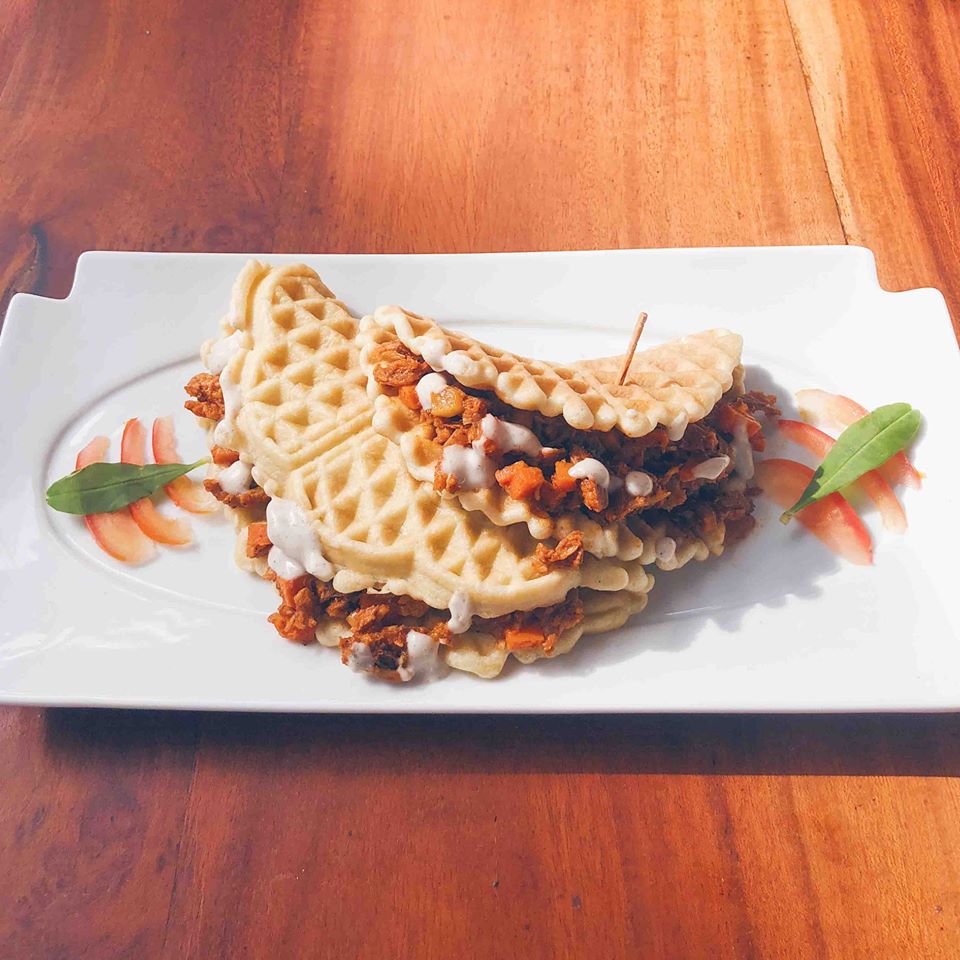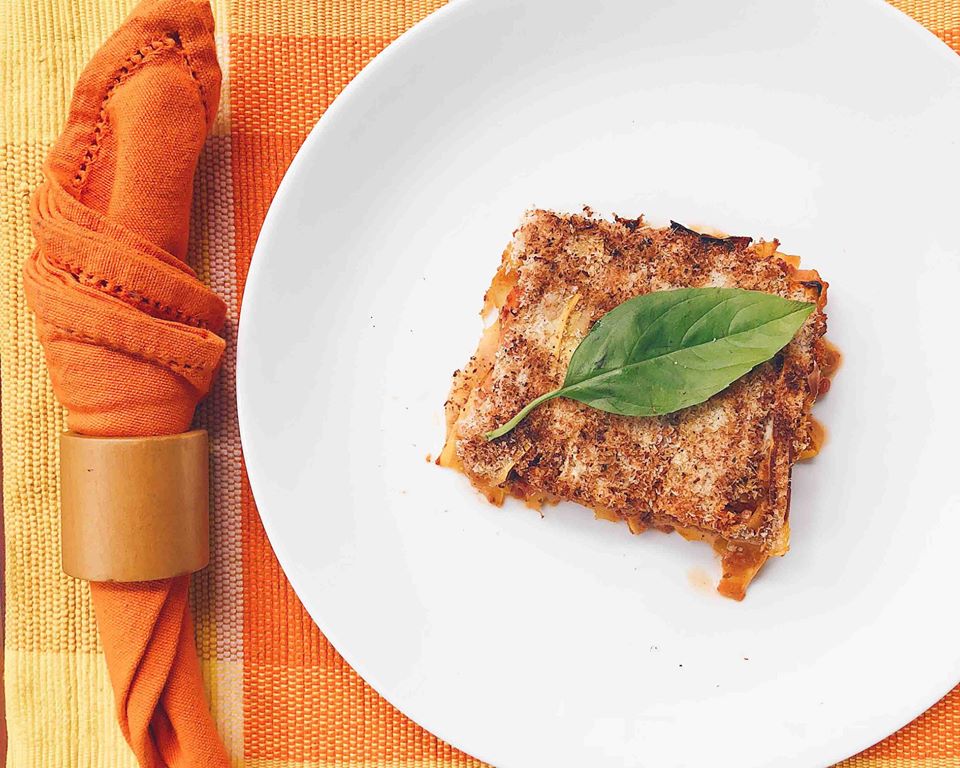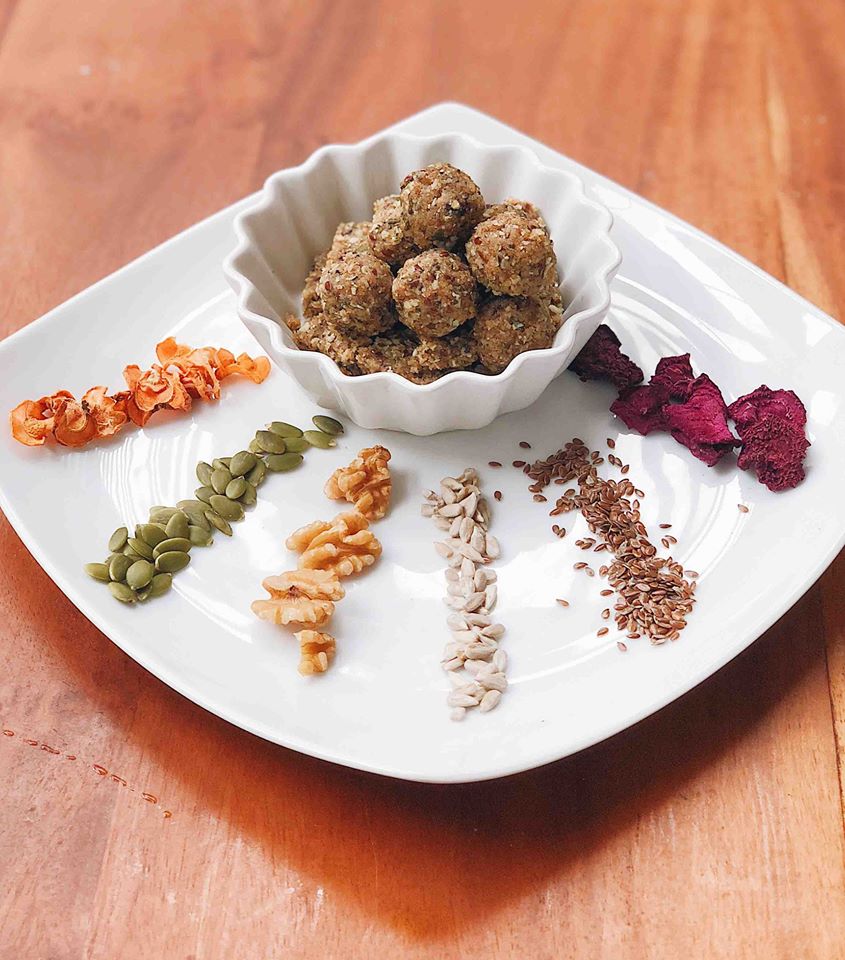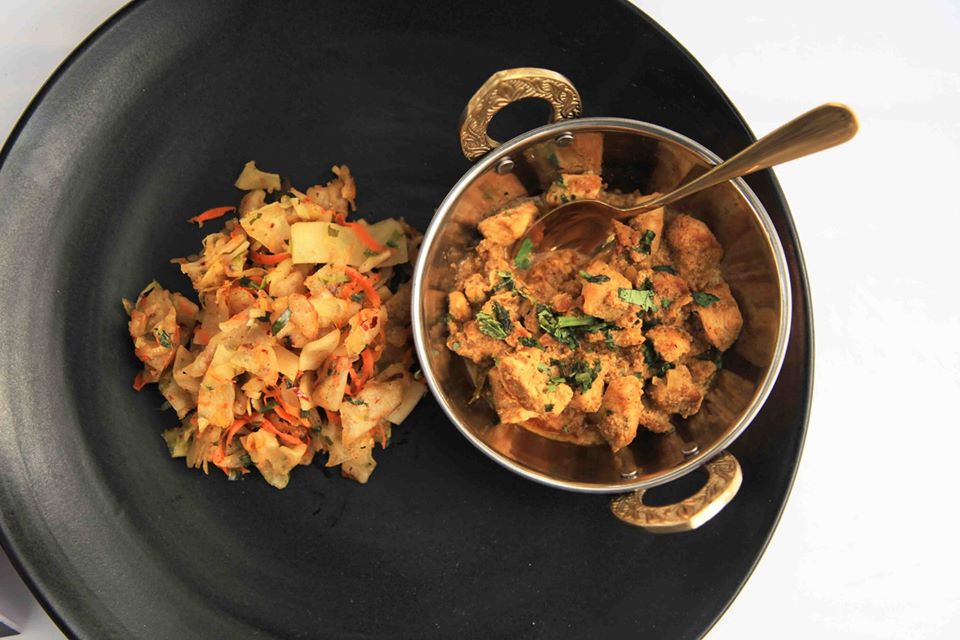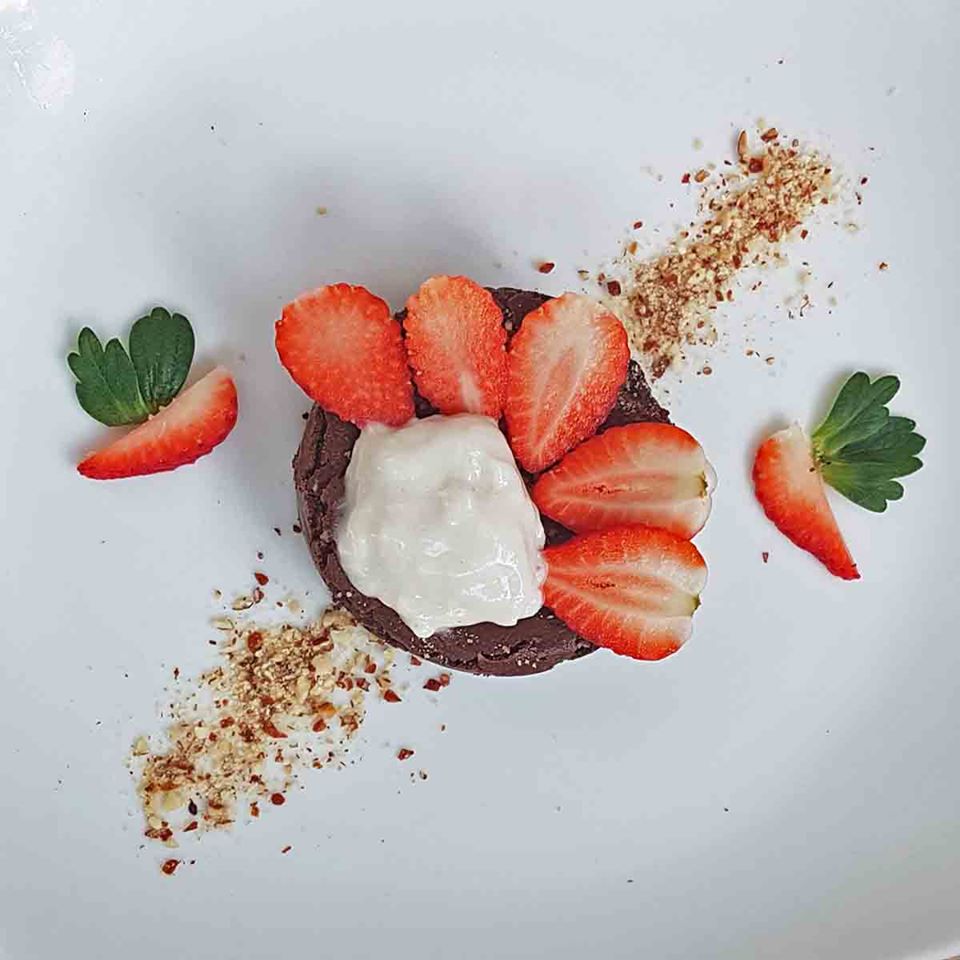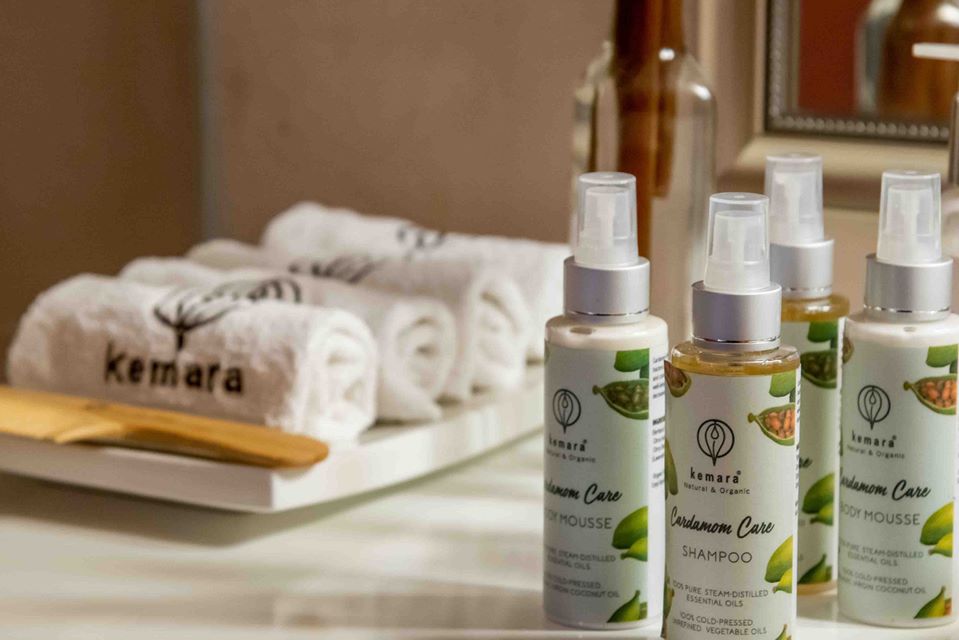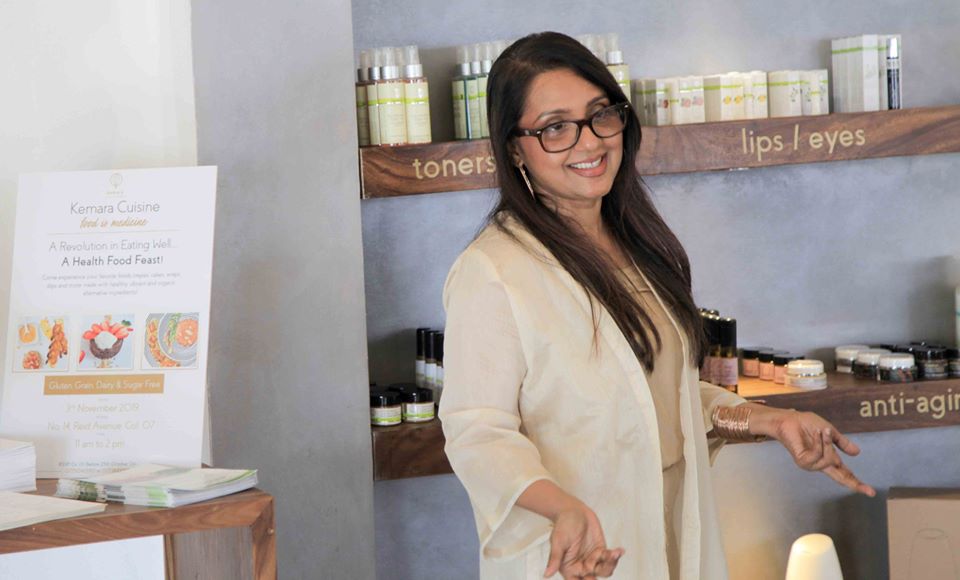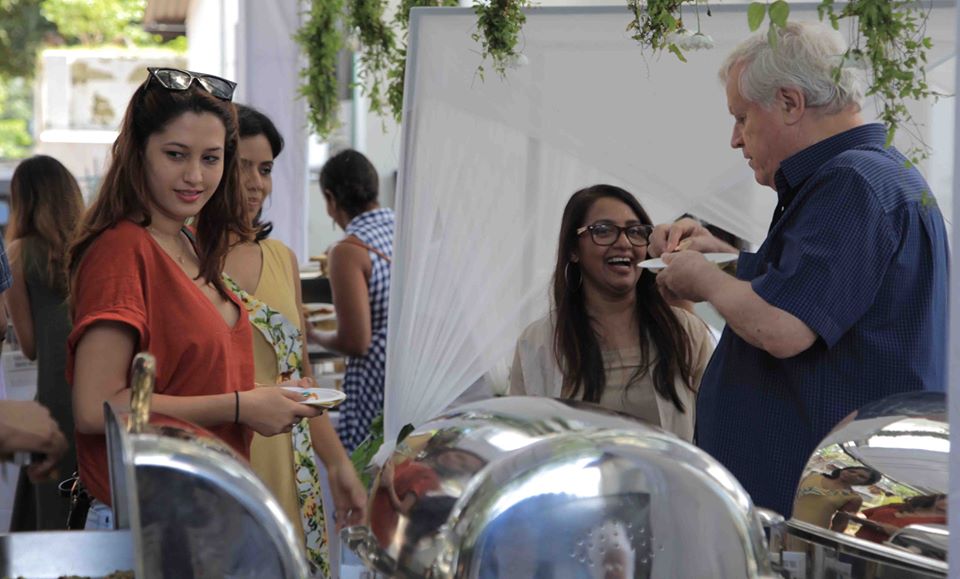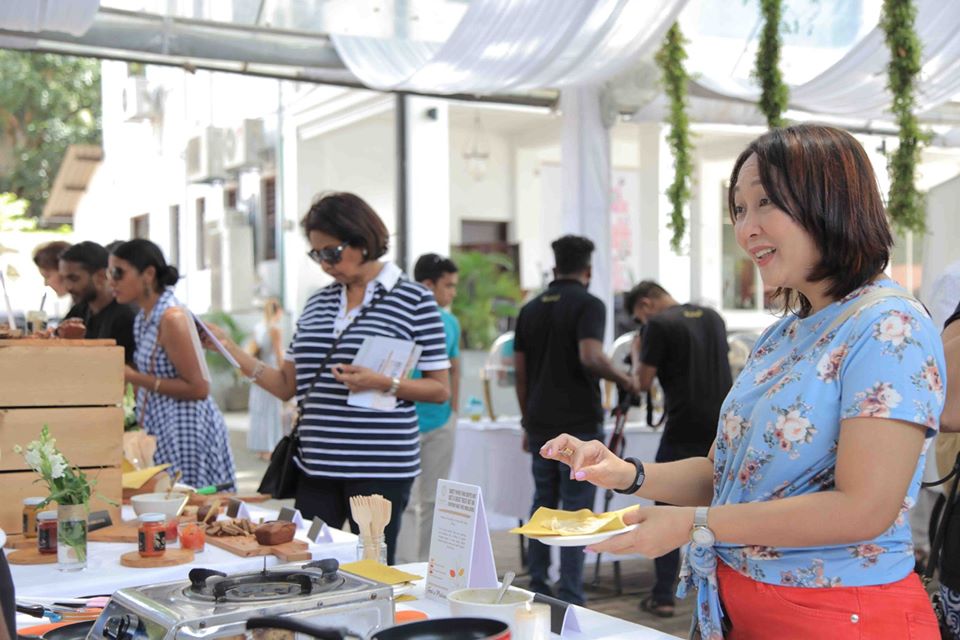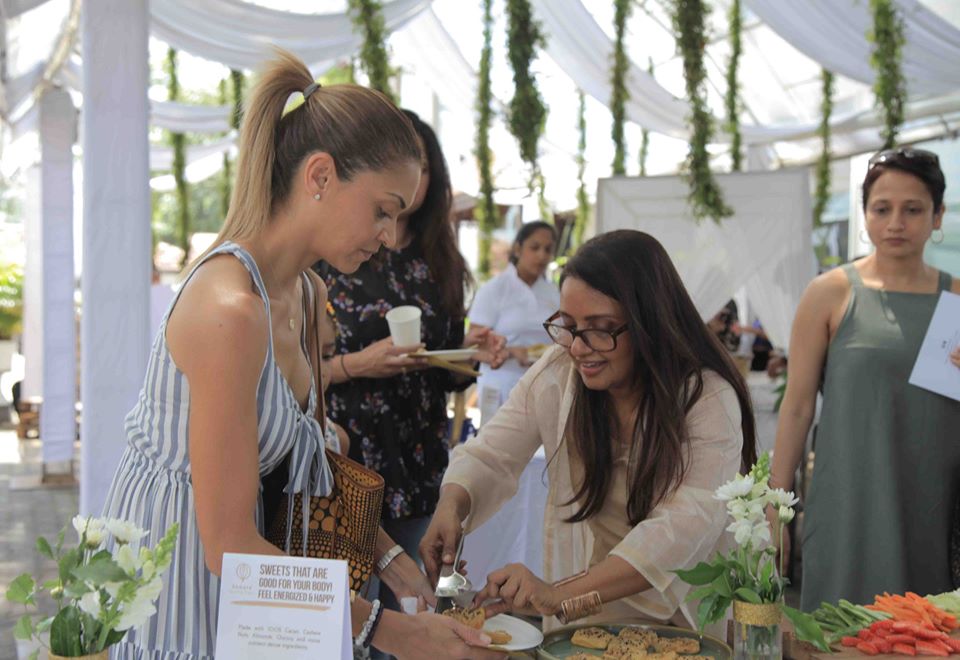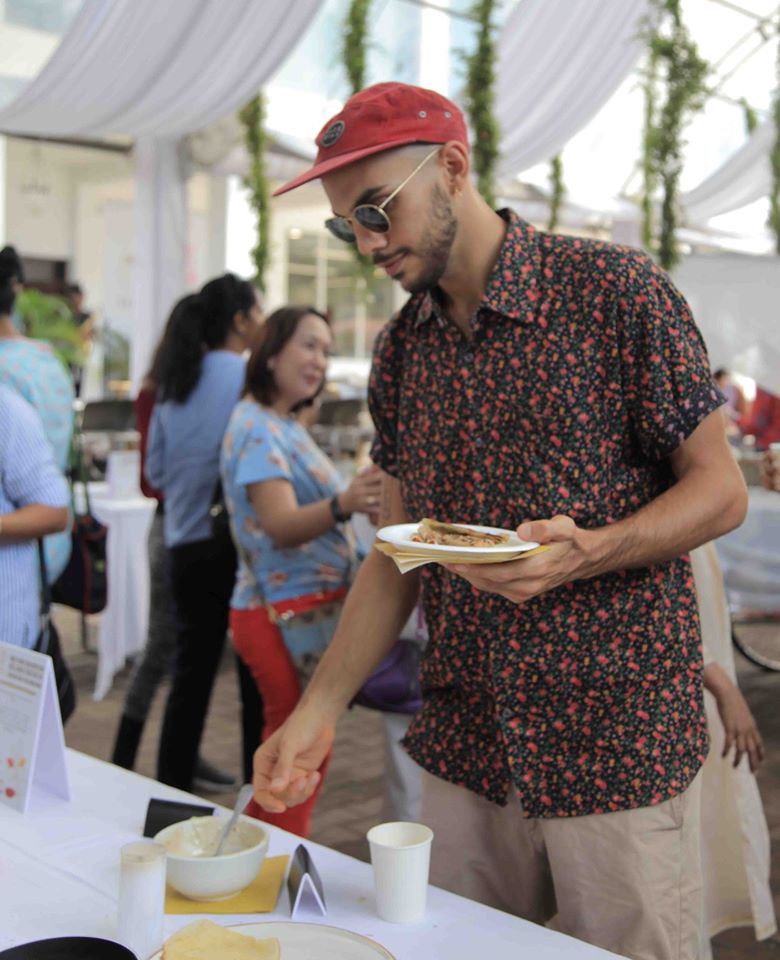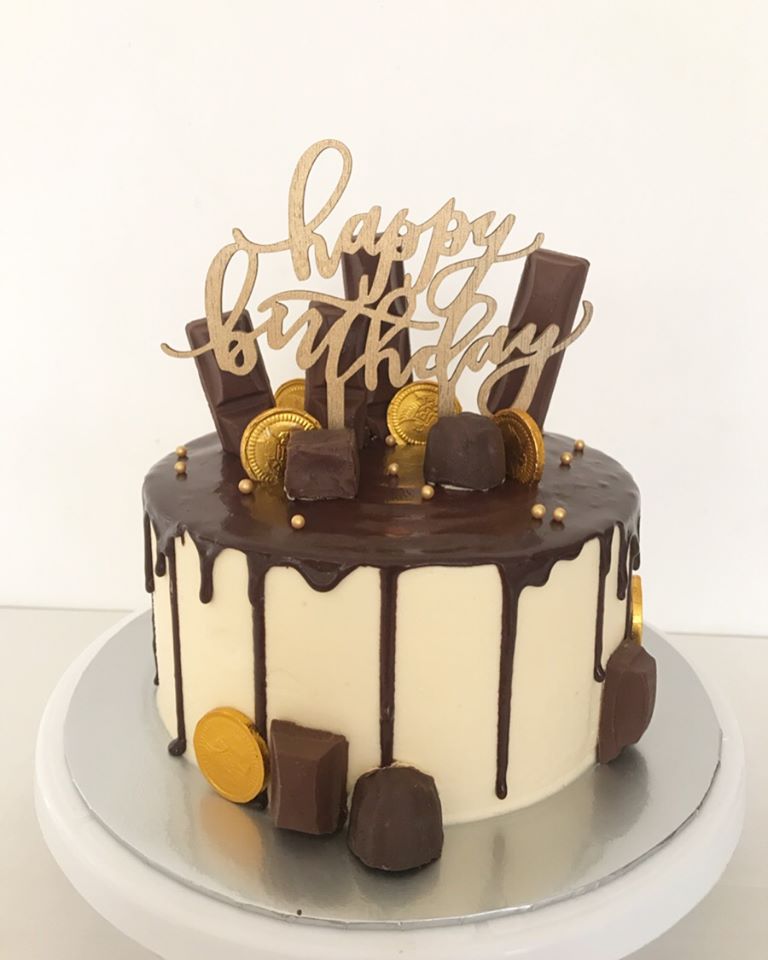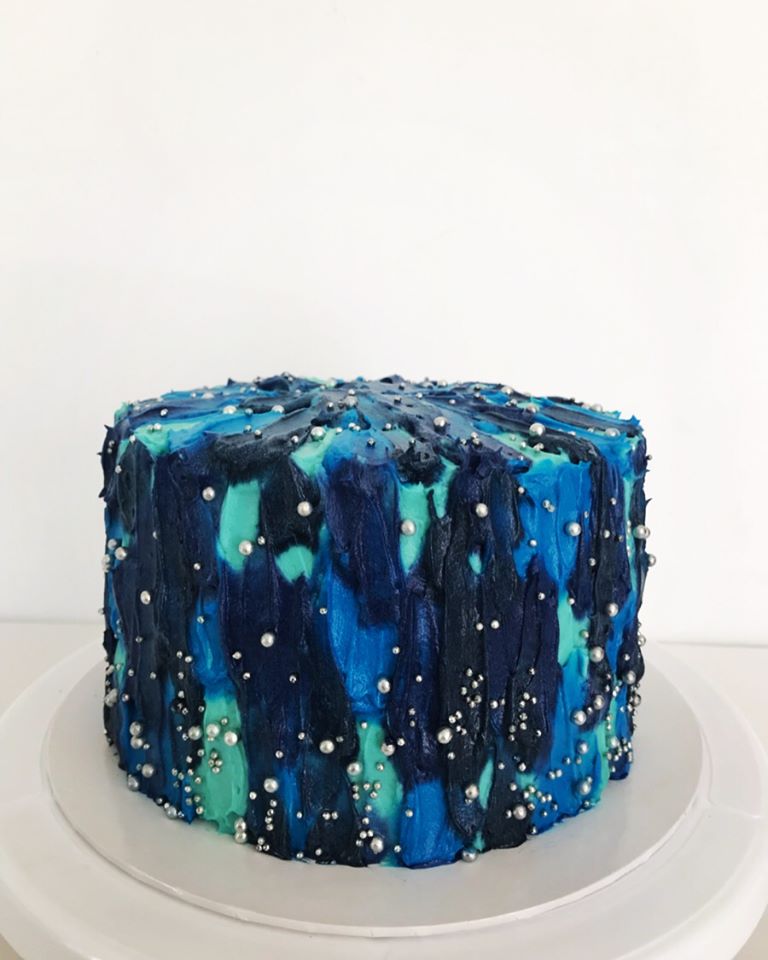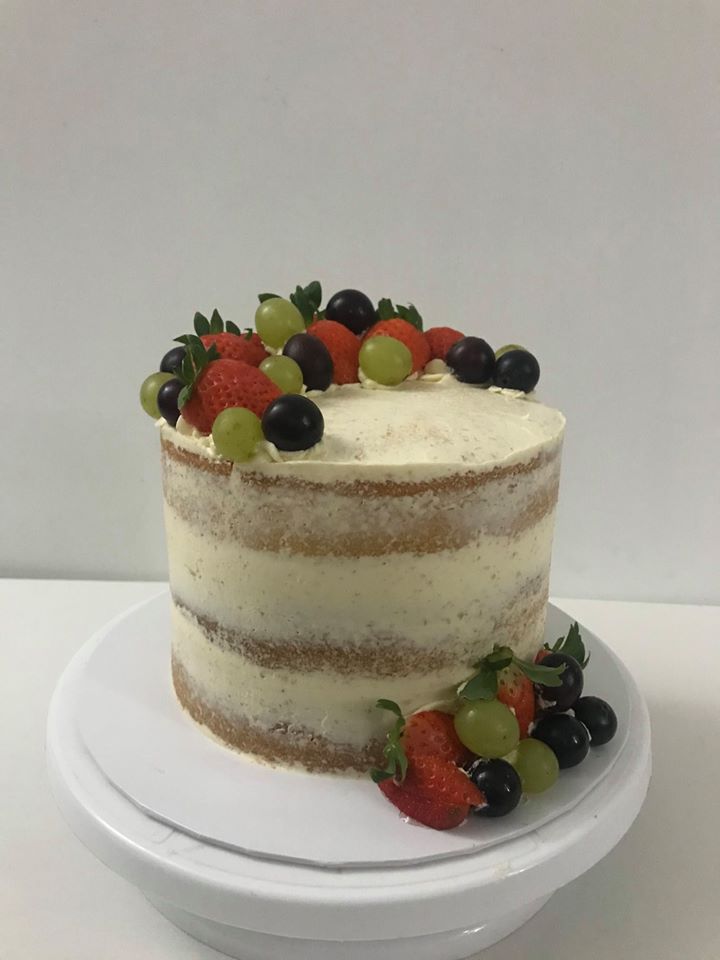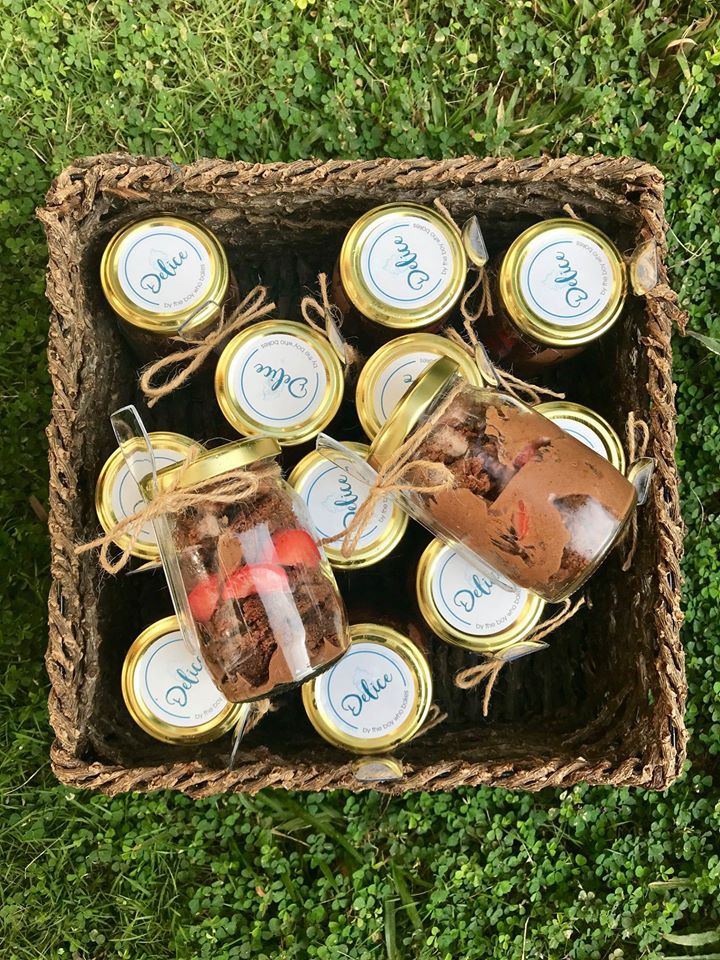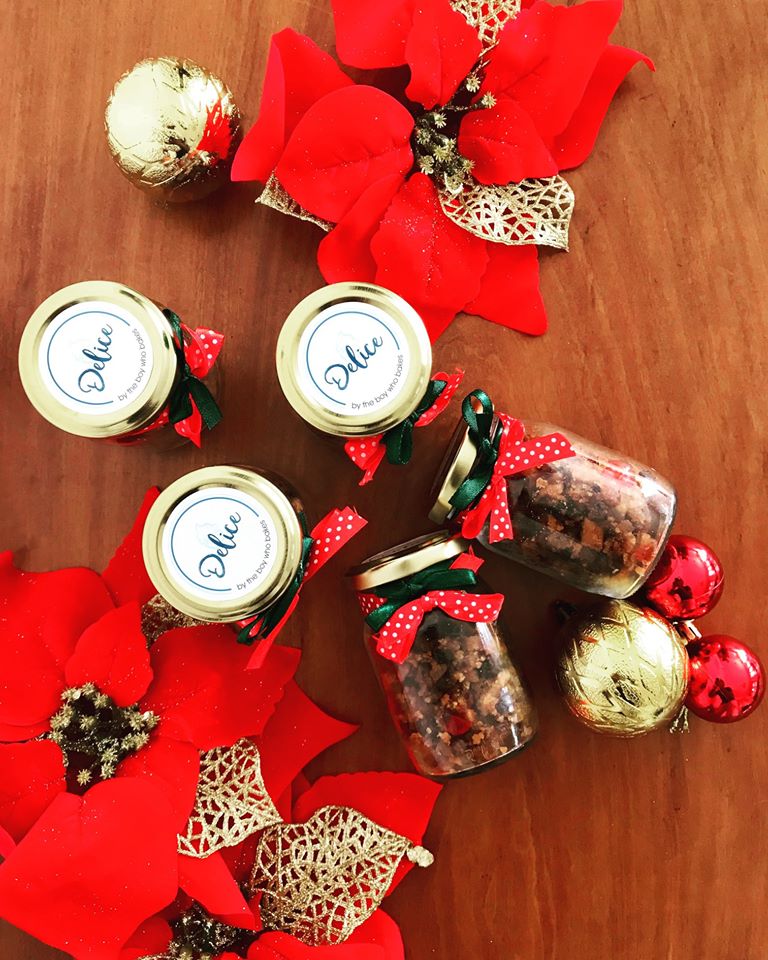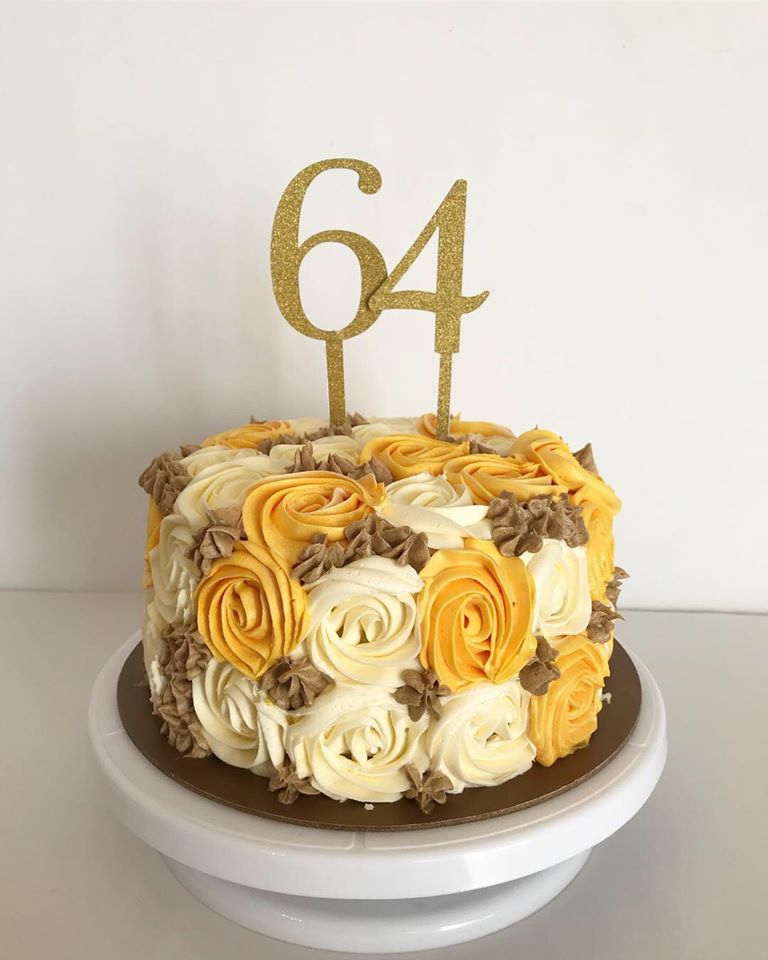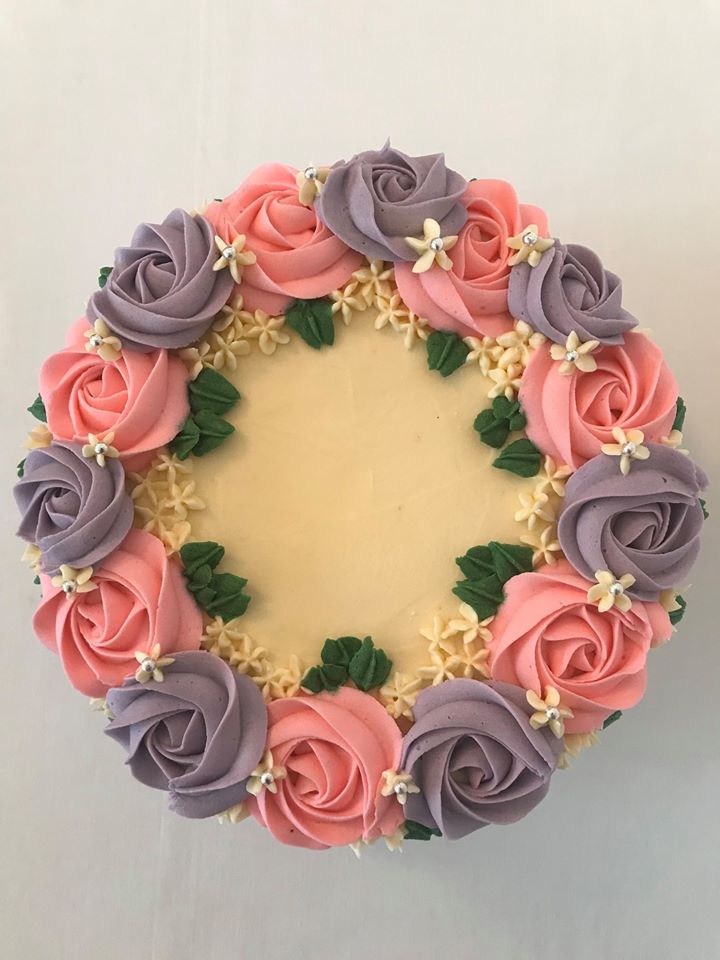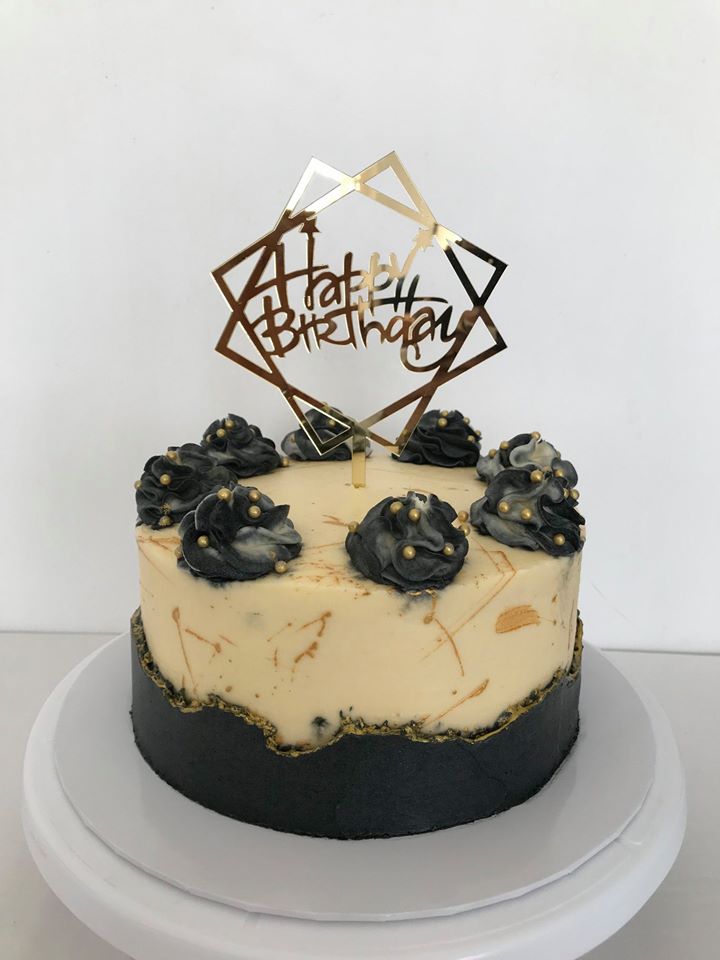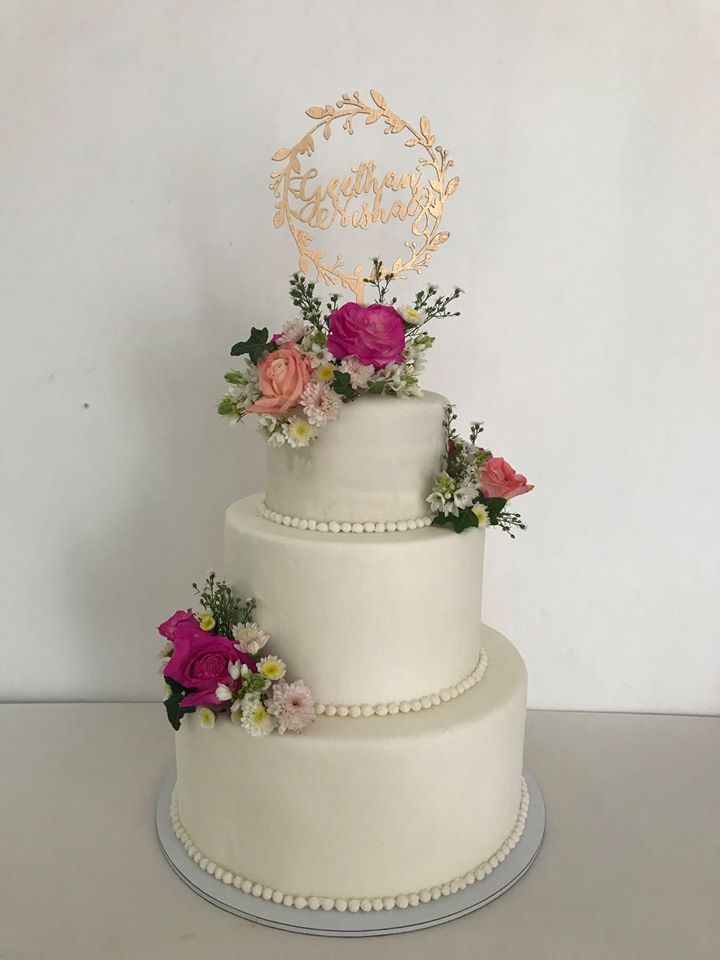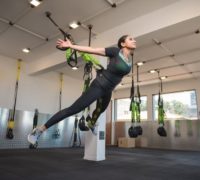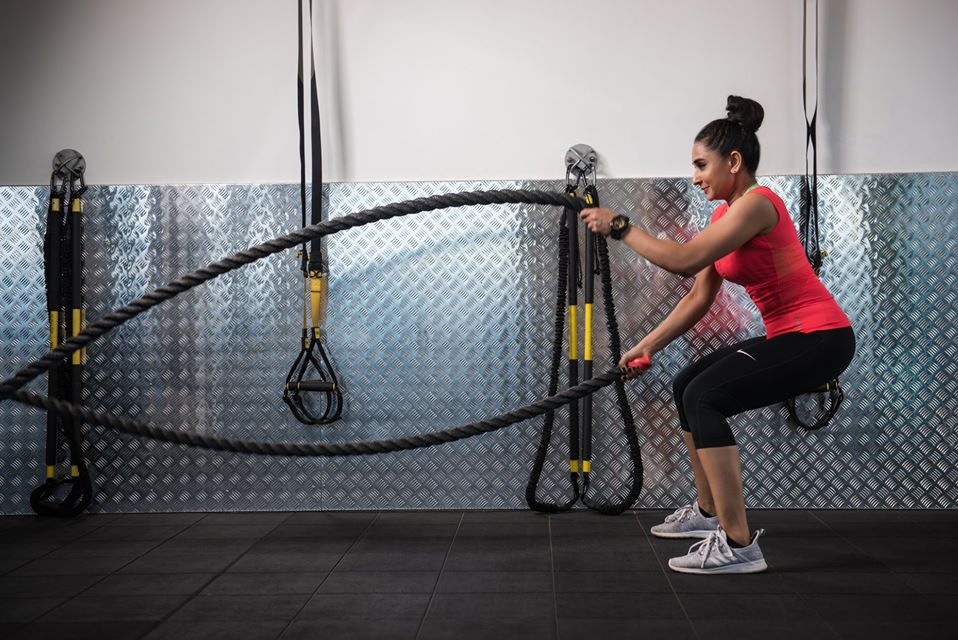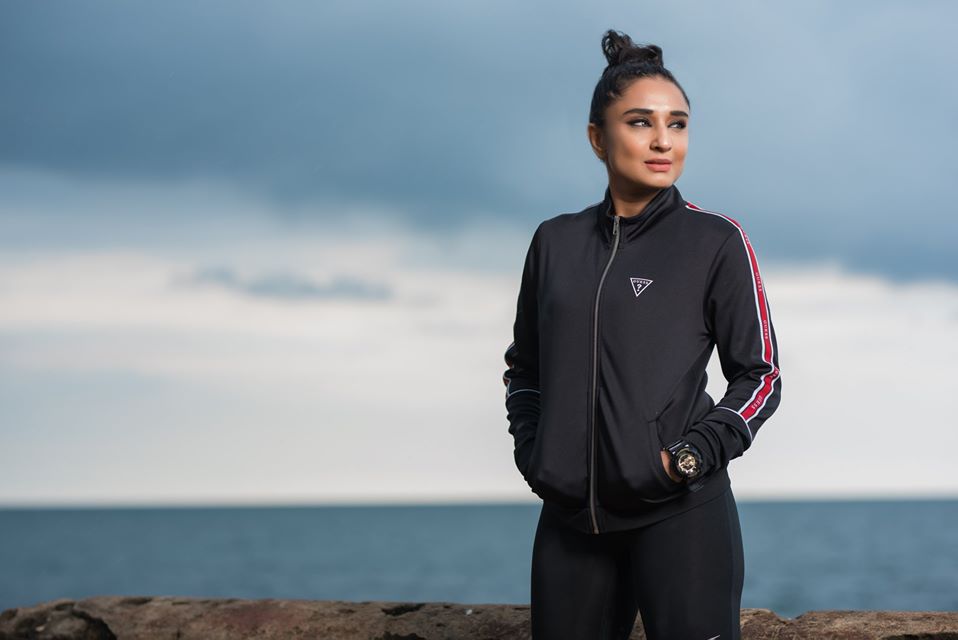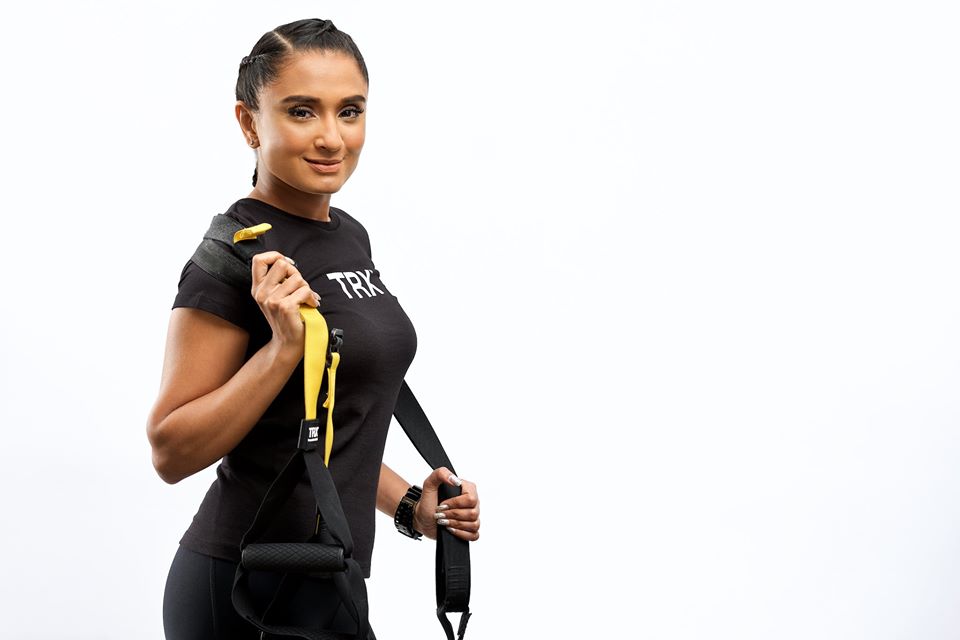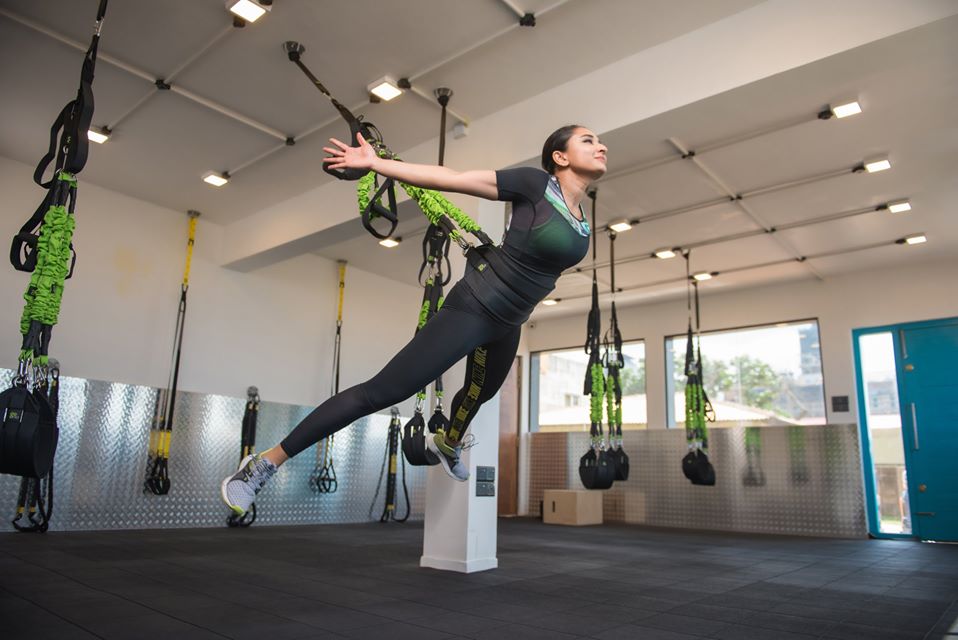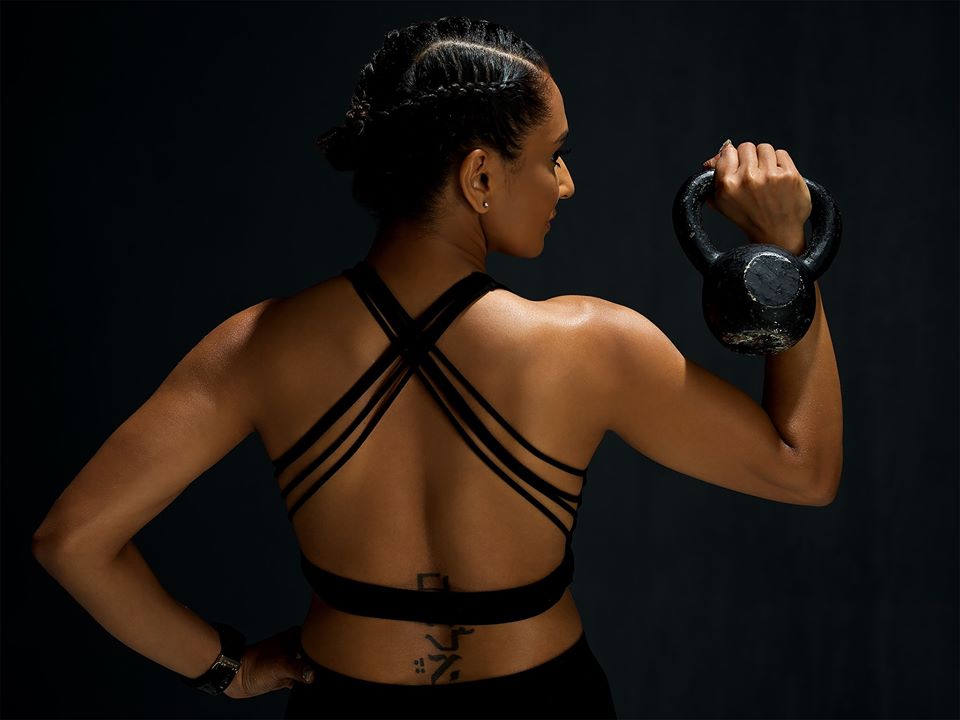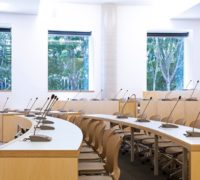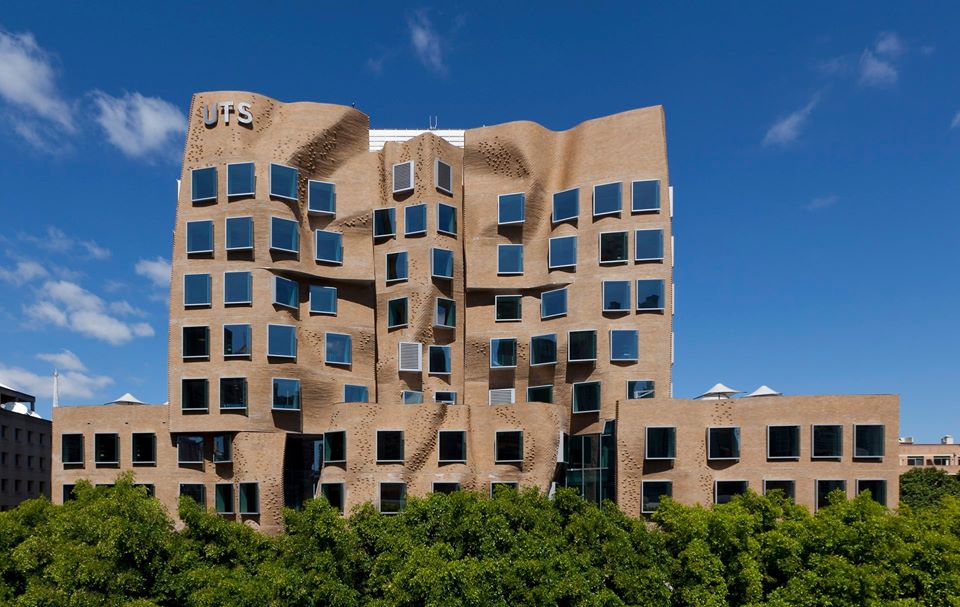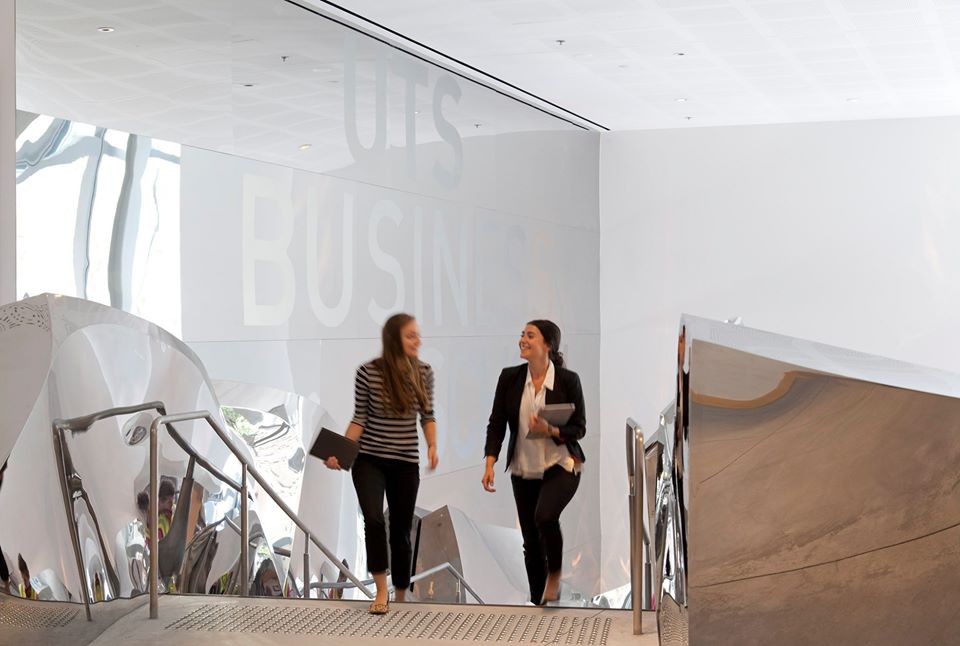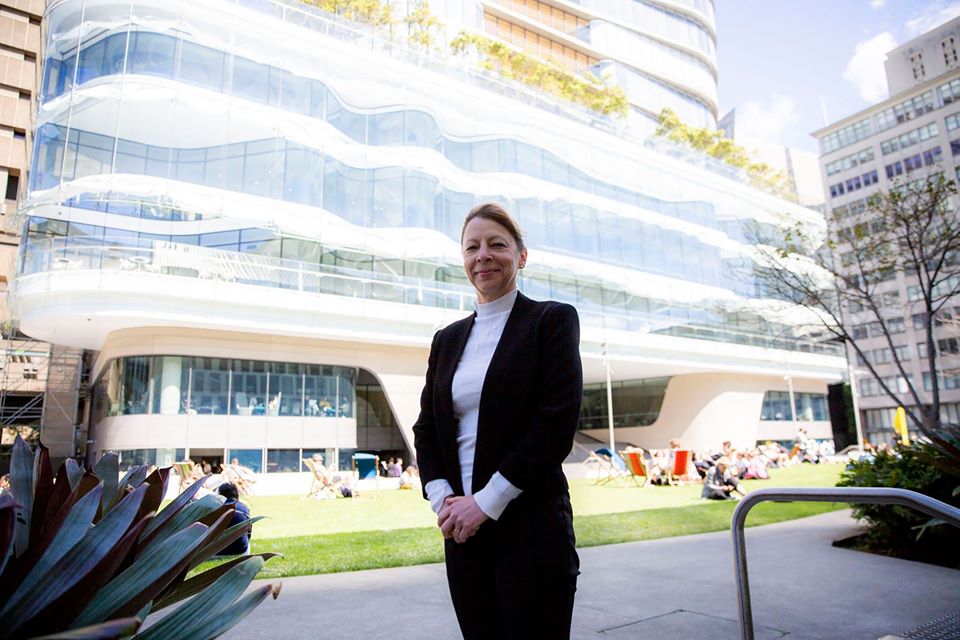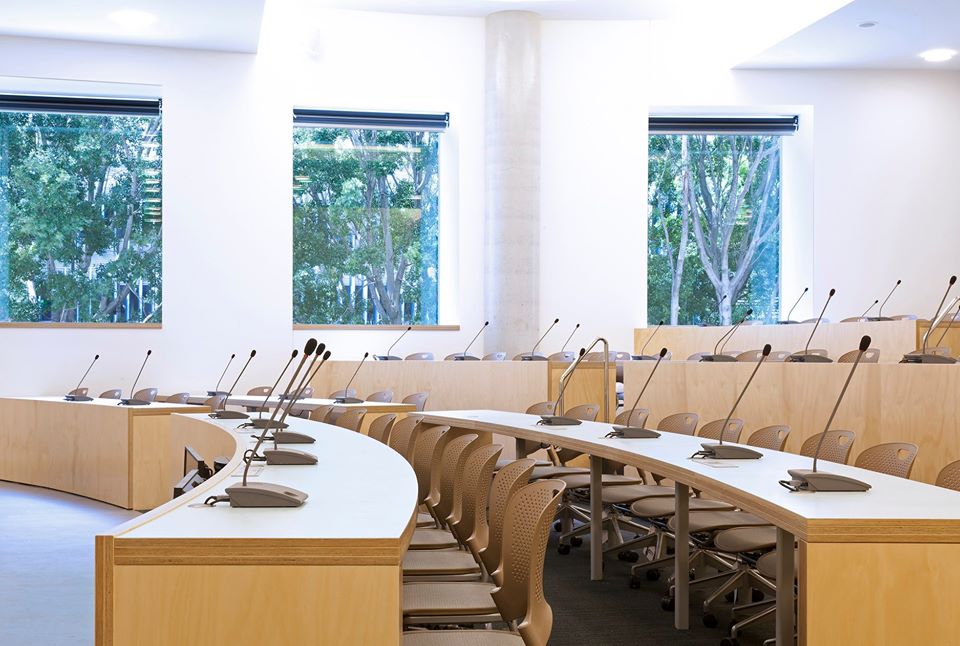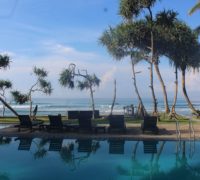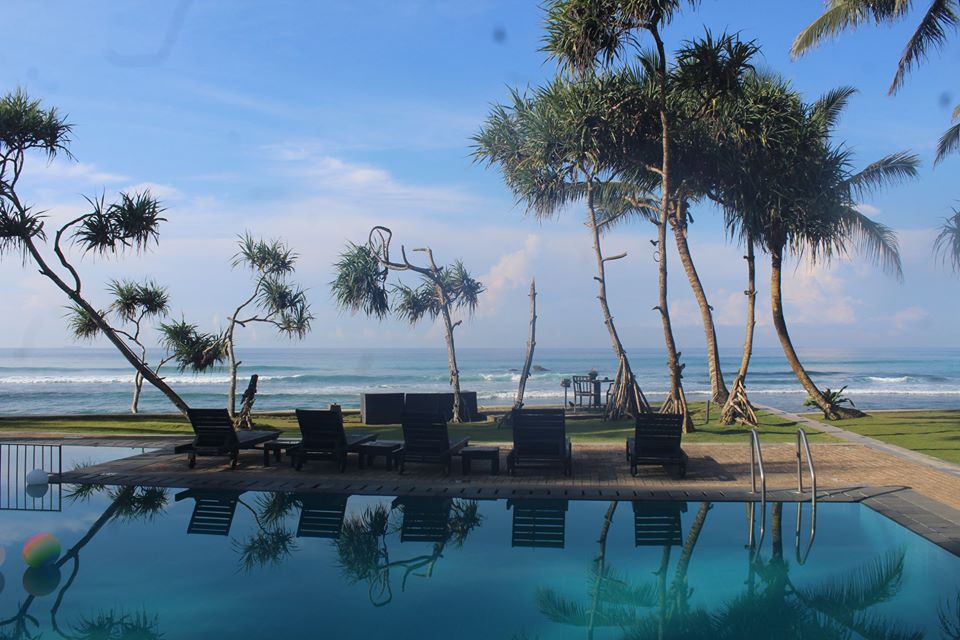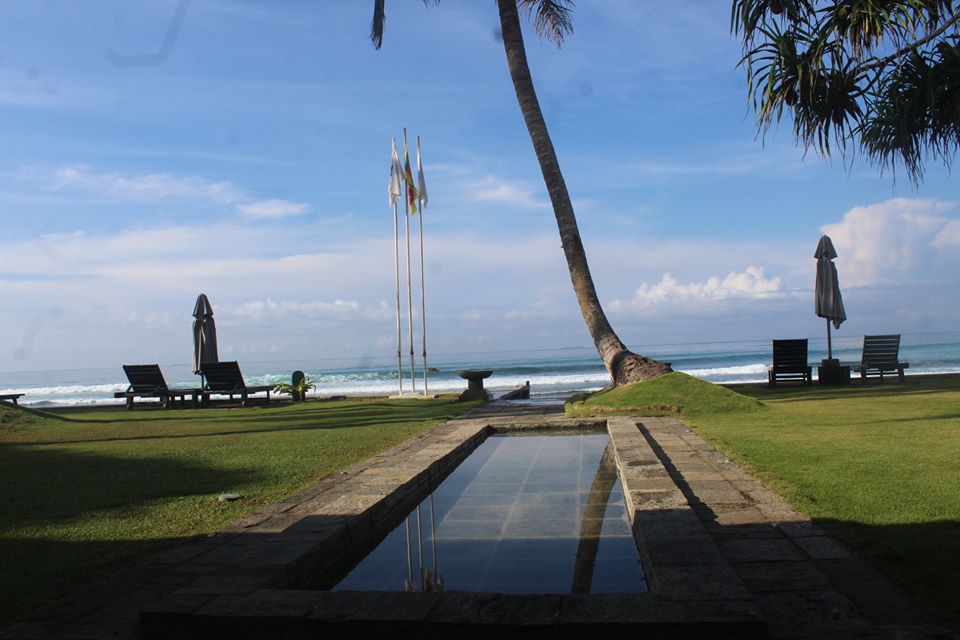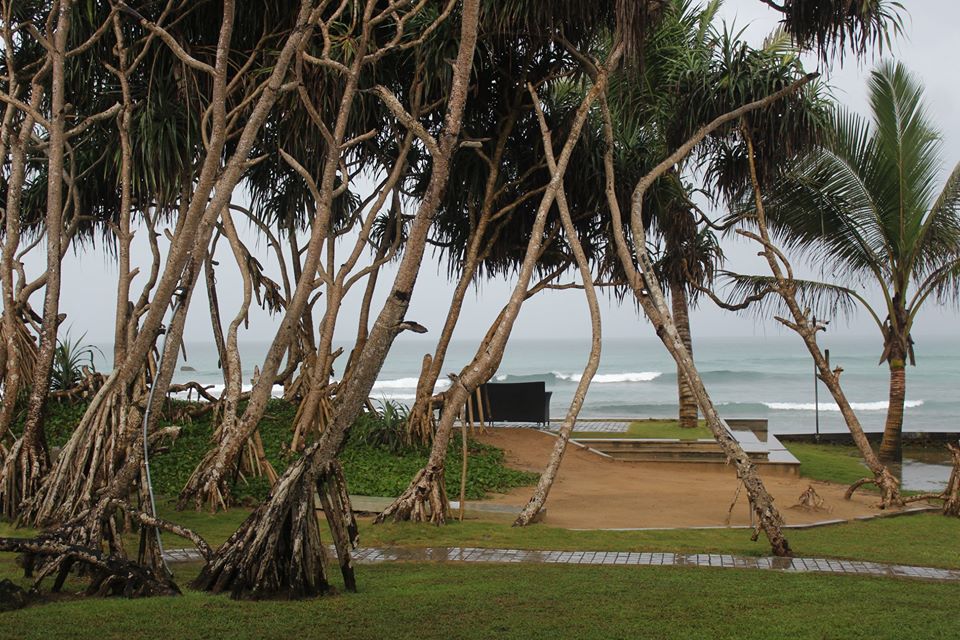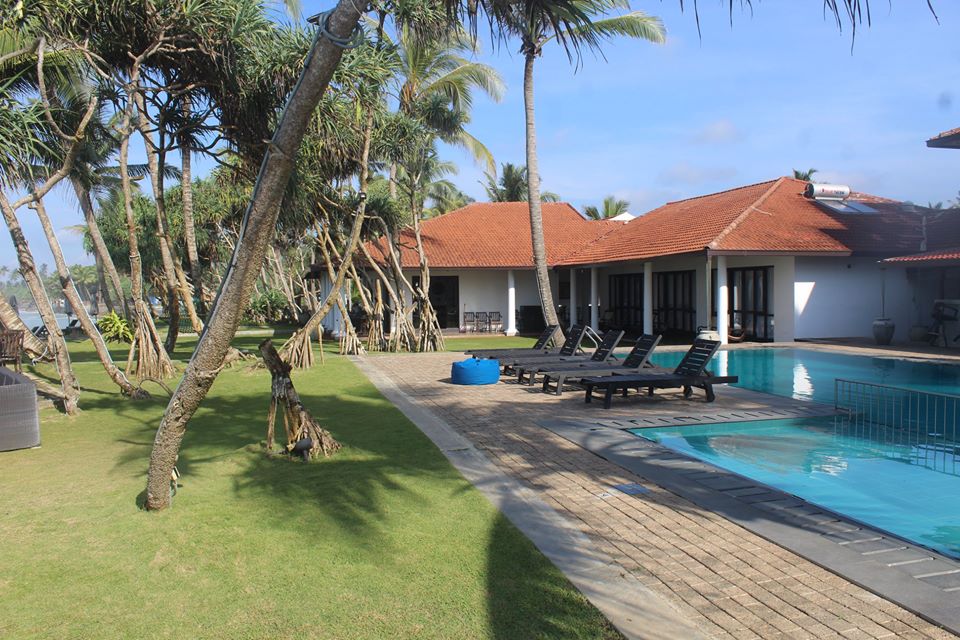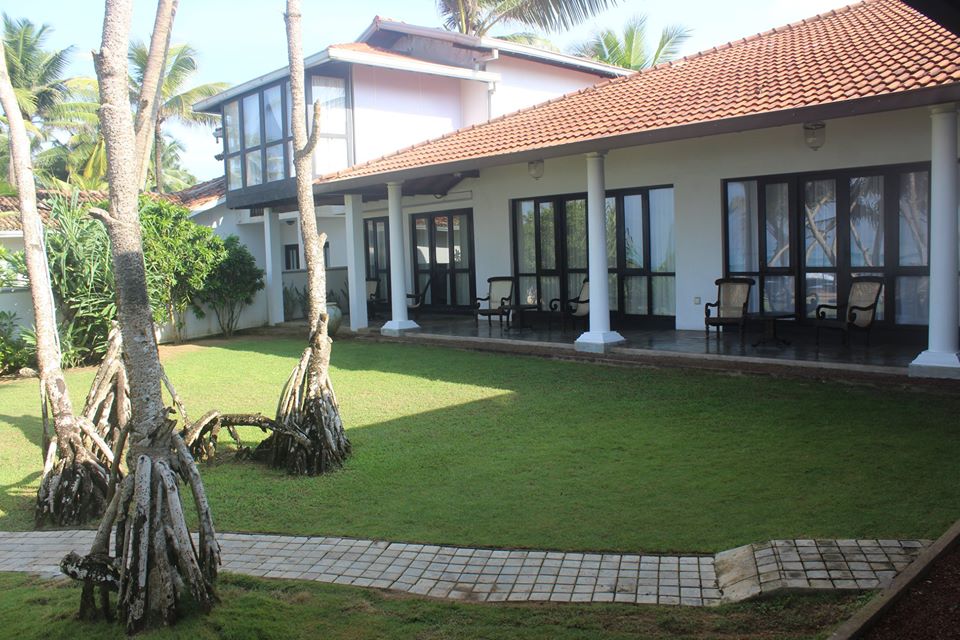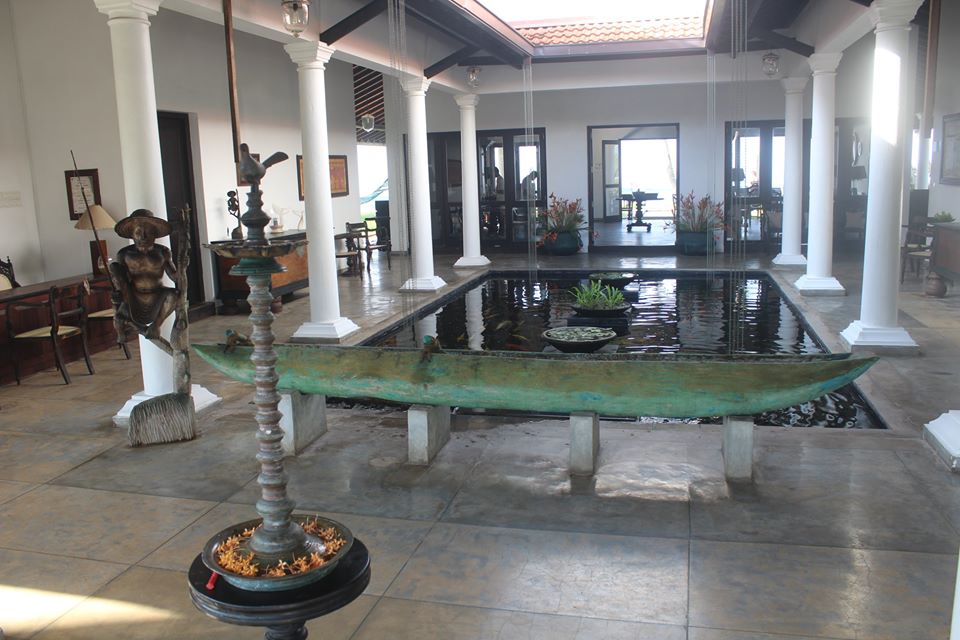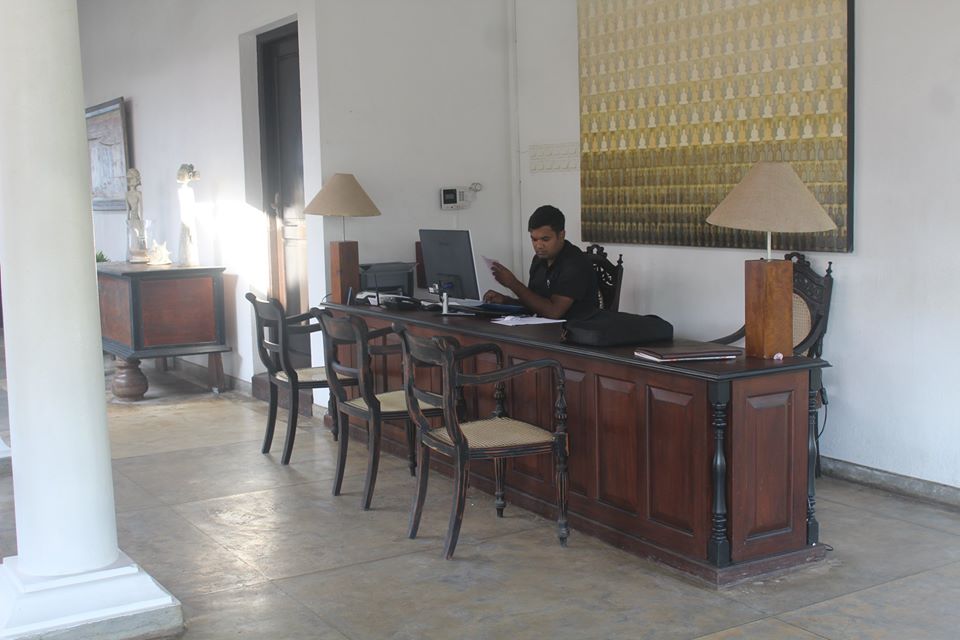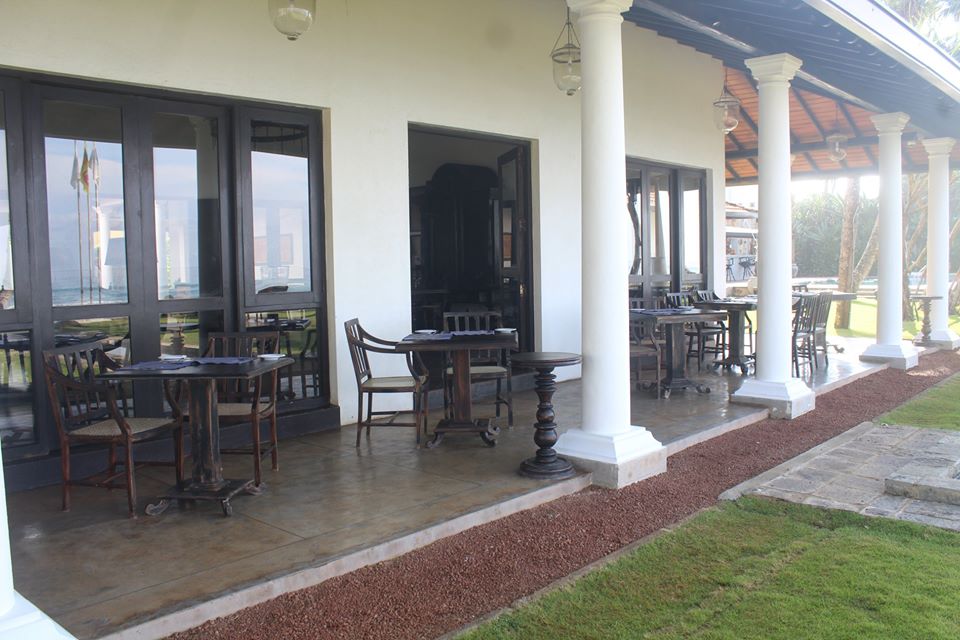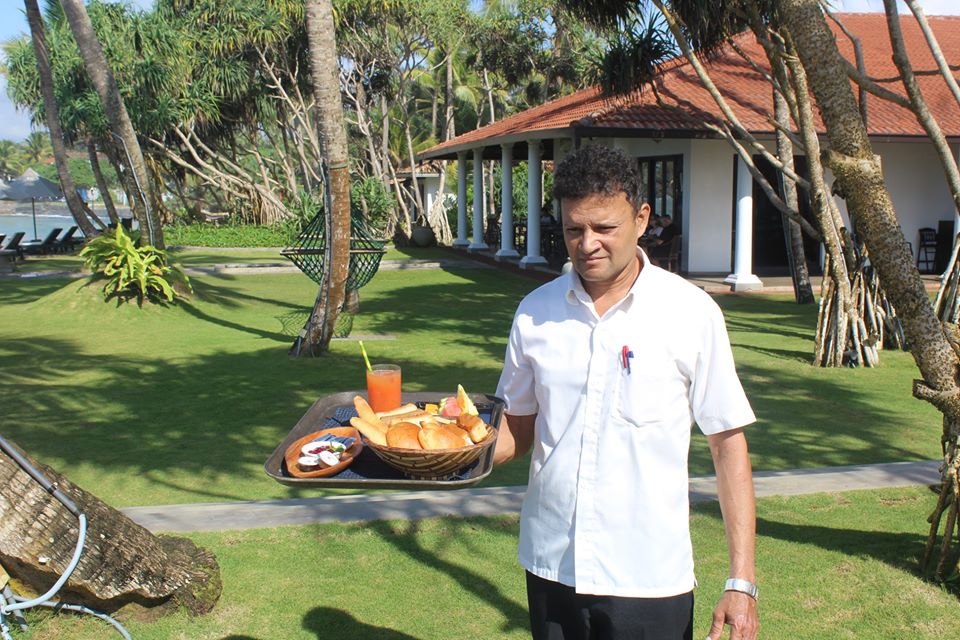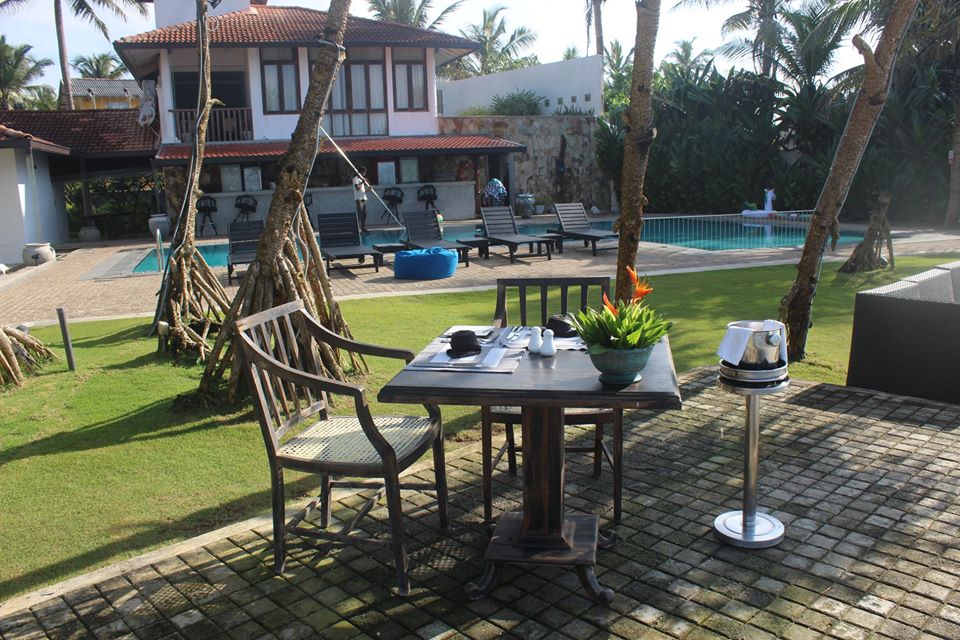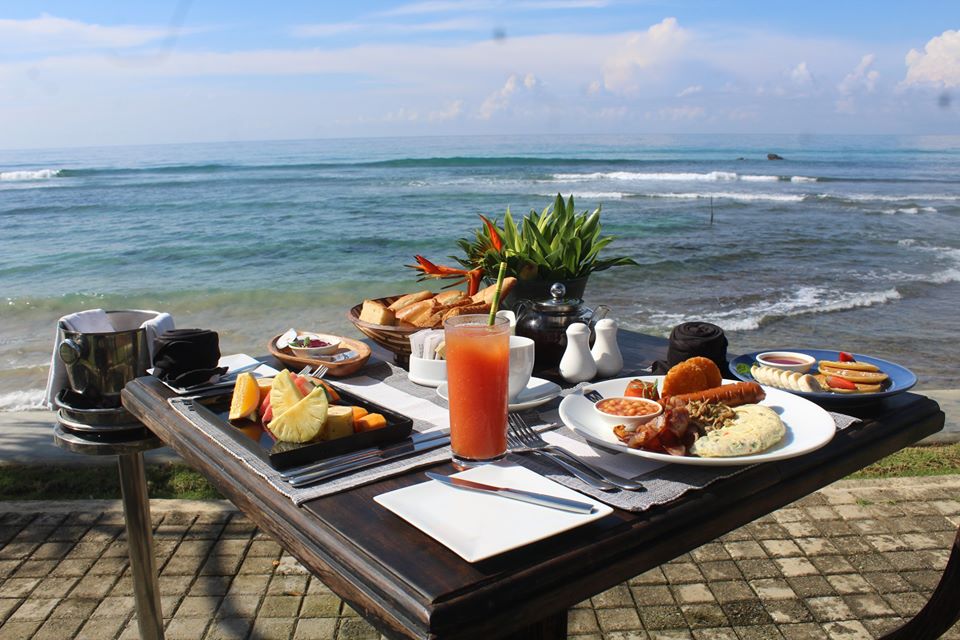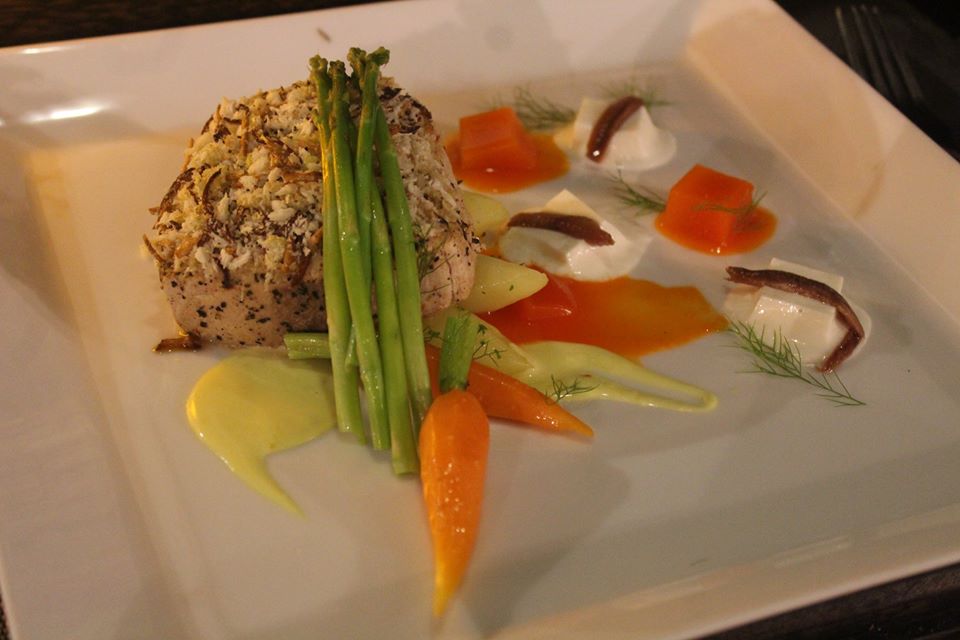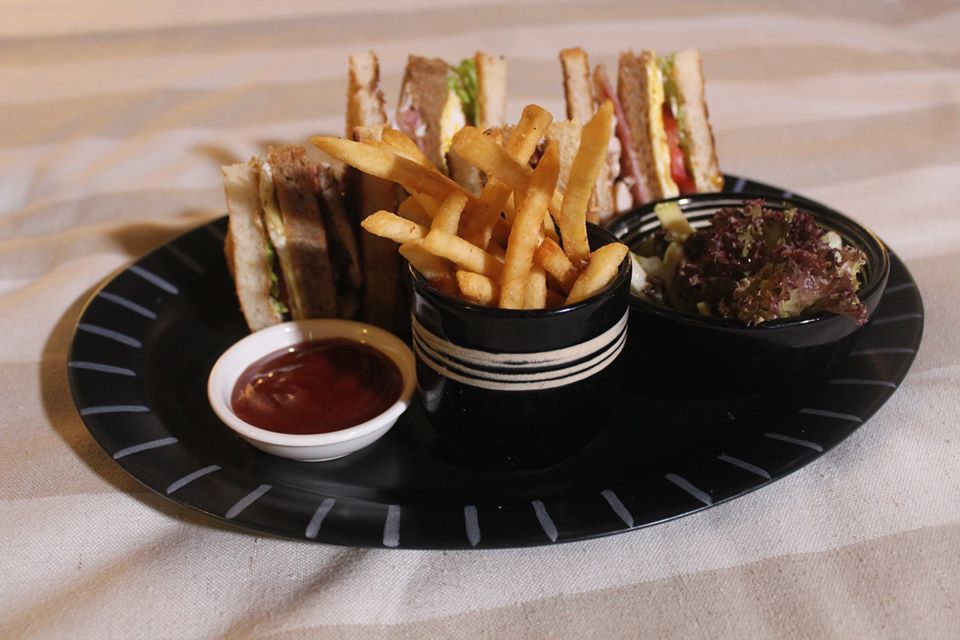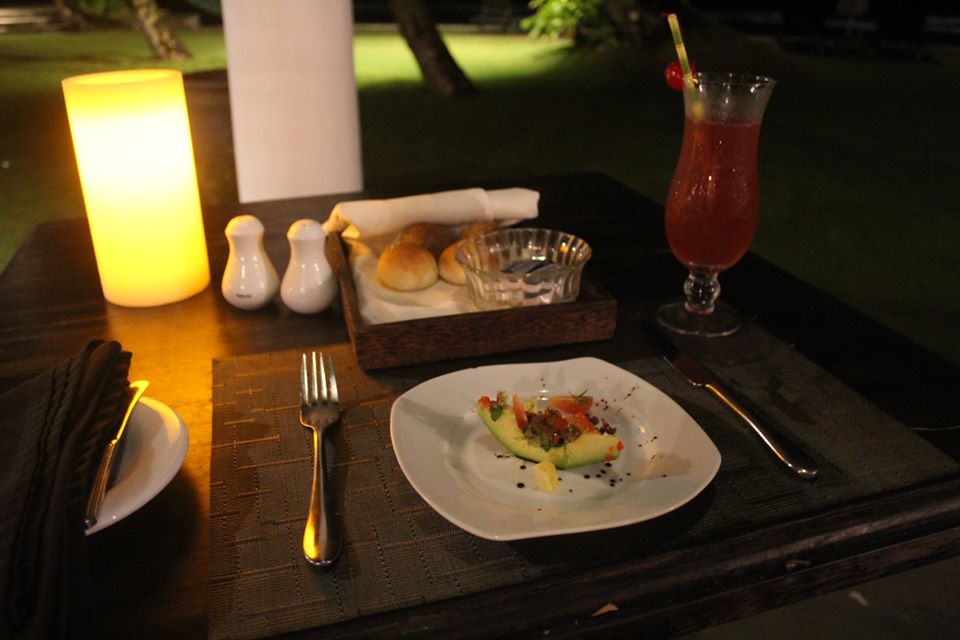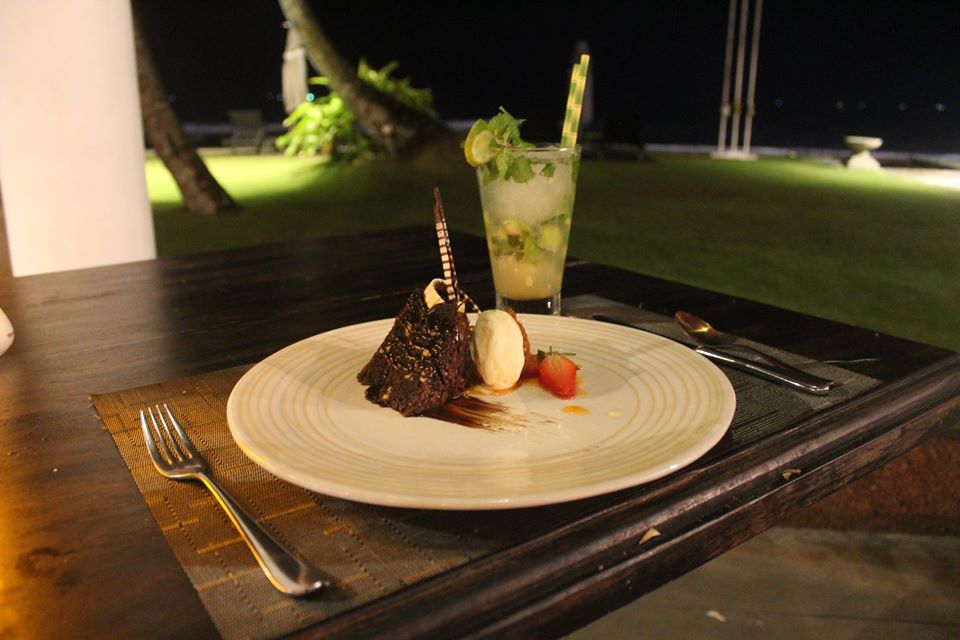Missaka Wijenayaka brings over a decade of experience to our
shores as he steps into the combined role of Sri Lanka’s first and only
Remedial Therapist, Physiotherapist and Chiropractor. His knowledge of anatomy
and physiology blend well into his treatments, providing much-needed pain
relief from injuries sustained during sports, work, accidents and he also
specializes in post-operative recovery, post fractures and arthritic
conditions.
Missaka took the time out of his busy schedule to talk to us
about Pain Management – what it is, what it isn’t, and why he chose it as a
profession.
Missaka, what made you interested in Physiotherapy?
I was very interested in sports from a young age which meant
injuries, which in turn lead to many visits to the physiotherapist! I liked how
the physiotherapist interacted with me, so when it came to choosing a career, I
decided to look closer into physiotherapy and remedial therapy. I migrated to
Australia and obtained my qualifications from the University of Victoria and La
Trobe University, after which I worked with various sports clubs such as the
Collingwood Football Club and Melbourne Storm, a rugby league team which gave
me a wealth of expertise in perfecting my skills as a Pain Management
Specialist. Currently, I consult at the
Vasan Hospital #423, Galle Road,
Colombo 3.
What do you enjoy most about your job?
Using my knowledge and skill set to bring relief from pain
to all the people around me. I love dealing with so many different people and
their issues: each one is different because each person is different. I enjoy
getting to know patients and find it incredibly rewarding to see people get
better.
Chiropractic care is not something that everybody is
familiar with. What would be the simplest way to describe it?
Basically, it’s about musculoskeletal diagnosis. As a
chiropractor, I use the physical assessment, motion palpation, joint mechanics,
etc. to assess and alleviate people’s pain.
You have started a new concept where you perform pain relief
measures (such as massages) in offices. How do you feel this will benefit staff
productivity?
Today everyone, no matter what field they are in, is under
tremendous stress. The success of the workforce is also causing its own
productivity crisis. Many office workers develop work-related musculoskeletal
disorders (MSDs’), caused by sedentary behaviour and physical inactivity and
don’t address these ailments until they get worse and they have to seek
treatment. We might think that if our job role doesn’t require physical labour,
we can’t injure ourselves at work, but we are at a risk of developing neck,
back and shoulder conditions caused by bad posture. As a Pain Management
Specialist, I help employees identify the causes of MSDs’ and provide short and
long-term improvements for their ailments.
What are the advantages of remedial therapy as opposed to
physiotherapy?
There is a very close relationship between physiotherapy and
remedial therapy, which is relatively new to Sri Lanka. The latter is
advantageous in that it is a more ‘hands-on’ type of treatment than
physiotherapy because it can help treat soft tissues and restore their
function. Remedial therapy aims to relieve pain, decrease muscle tension and
promote healing of injured tissues. Physiotherapy, on the other hand, refers to
the assessment, diagnosis and treatment of health conditions that result in
pain, weakness, limited ability and degeneration. However, both types of
therapy can be most effective if paired with a healthy lifestyle.
Tell us about some of the techniques you use for both types
of treatment.
Remedial therapy involves the use of techniques such as
Cupping Therapy, a form of alternative medicine in which special cups are put
on the skin for a few minutes to create suction. The other technique I use is
Dry Needling, a modern treatment designed to ease muscular pain, which
penetrates the deep muscle, enabling better nerve reach and a higher rate of
success in the treatment. Some of the other techniques used are kneading,
trigger point therapy, myofascial releases and compression massage.
What are some of the common injuries that children sustain
and how do you treat them?
Twisted ankles and playground injuries are very common
amongst children. I don’t use dry needling and cupping for kids. However,
chiropractor and some of the remedial therapy technique are used to relieve
pain for kids
Tell us about how you treat injuries in the elderly folk.
Elderly folks have neck, hip, spinal and knee injuries, most
of which have been sustained by lack of regular exercise. The majority of them
have done the same type of work for long periods of time with the same methods
and techniques, which also contributes in a big way to their ailments. I use
techniques such as remedial therapy techniques, dry needling, cupping etc.
Thank you for your time. In terms of injury prevention in
general, what would you recommend for everyone?
Regular exercise and stretching recommended because it reduces risks of injuries. Drinking plenty of water is also recommended as it is very important to keep muscles healthy, which in turn means fewer injuries. Maintaining good posture is also key.
Written by Michelle Alles







